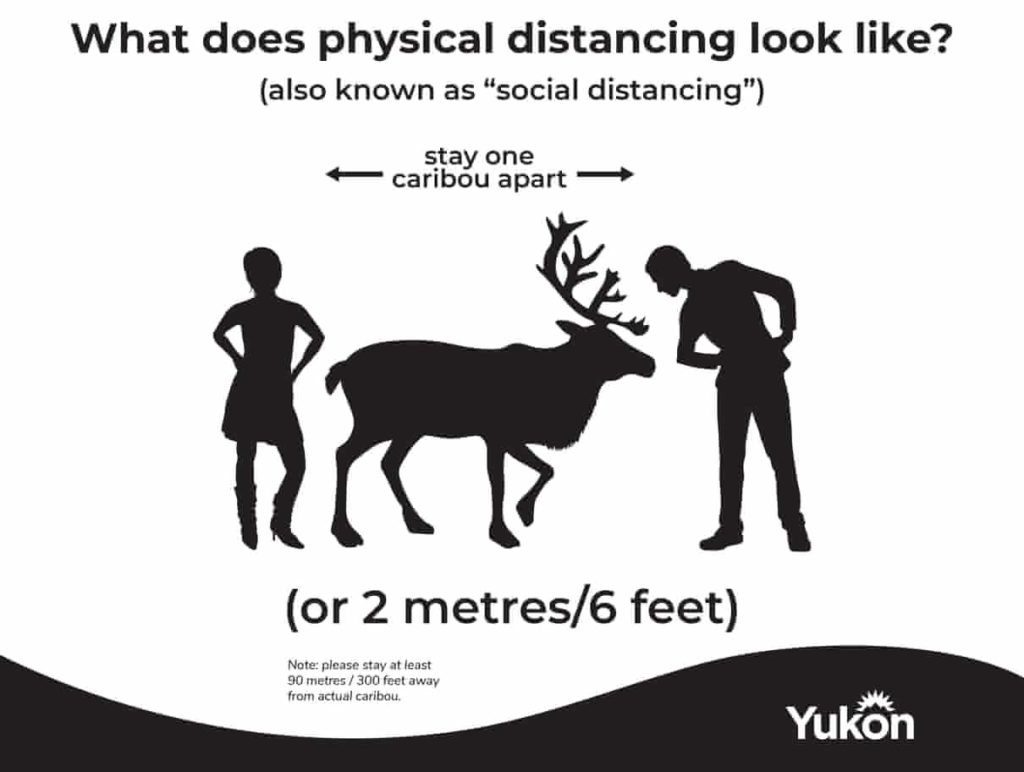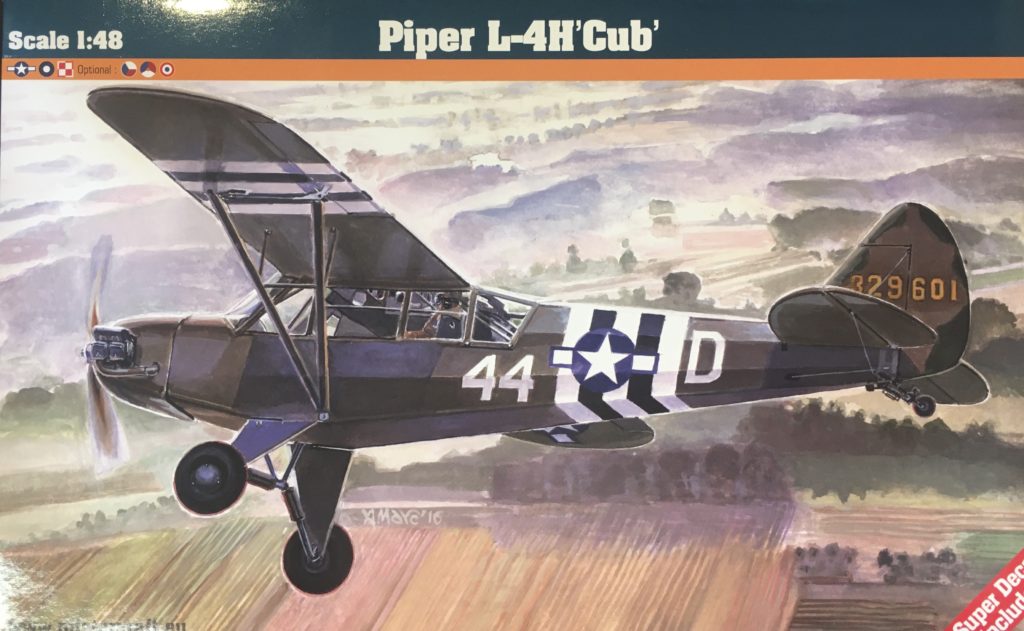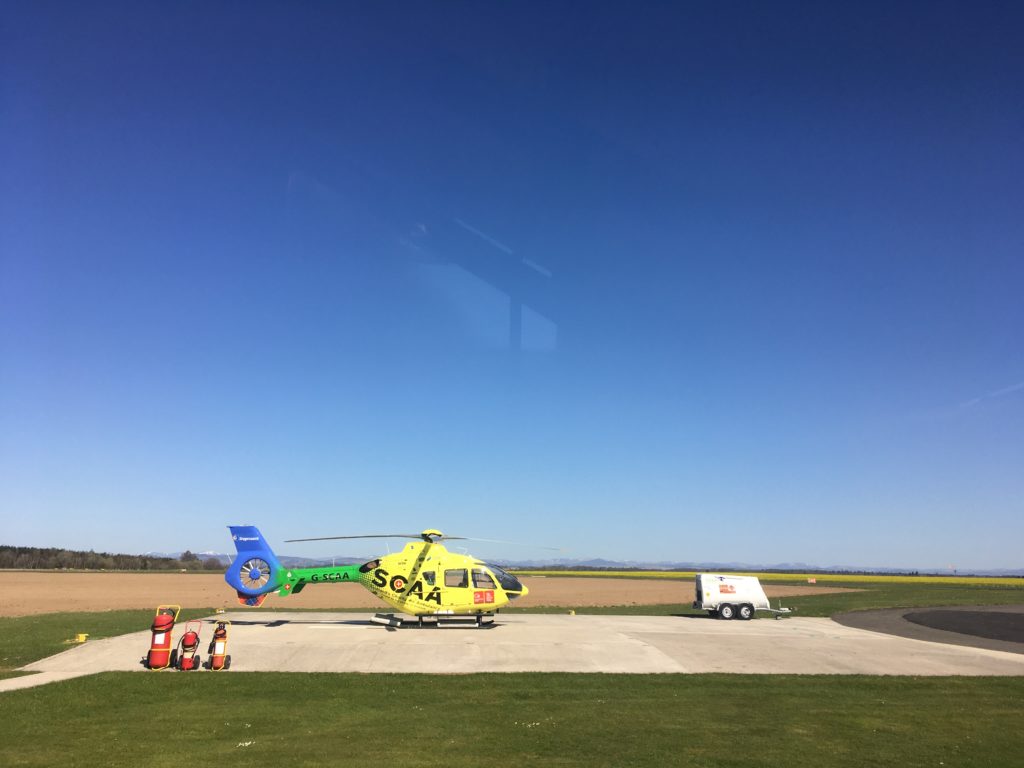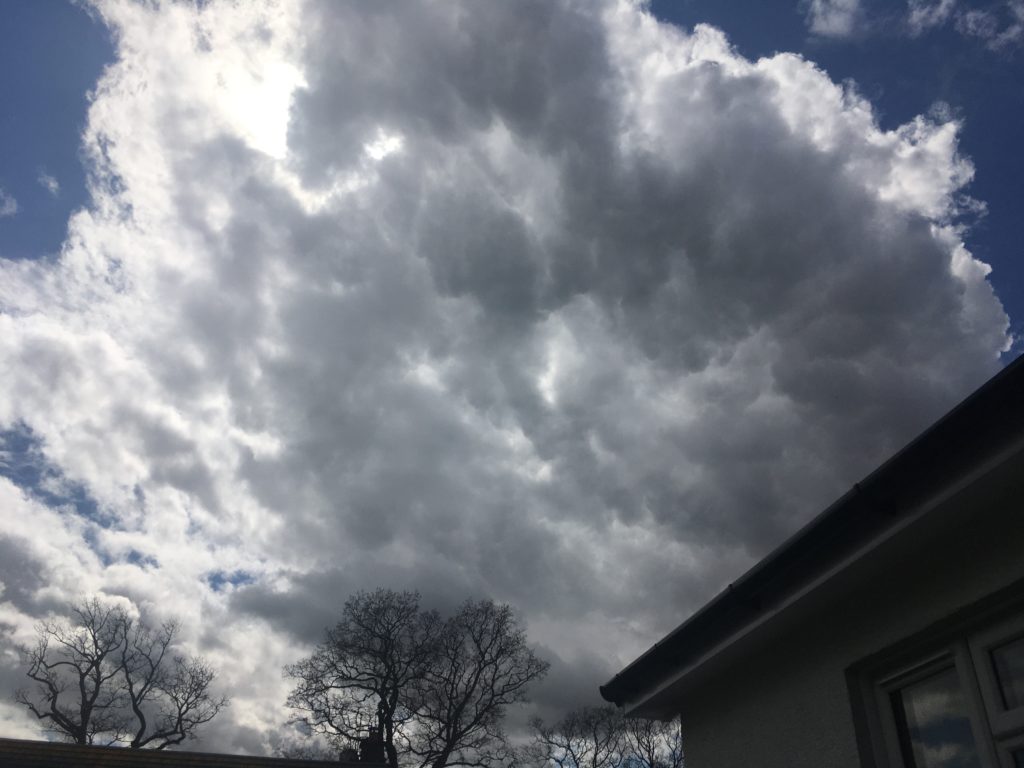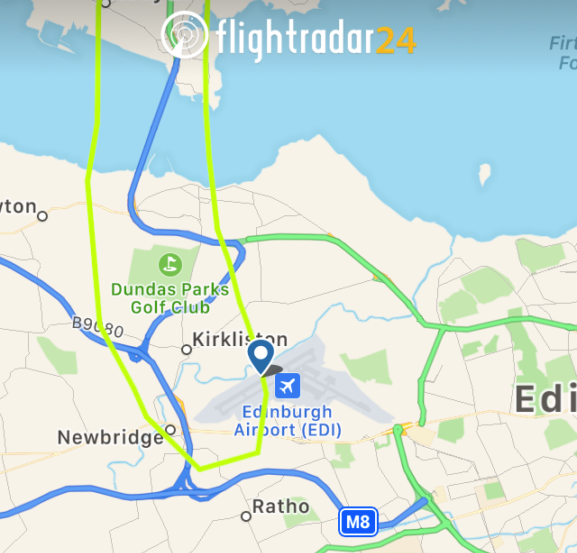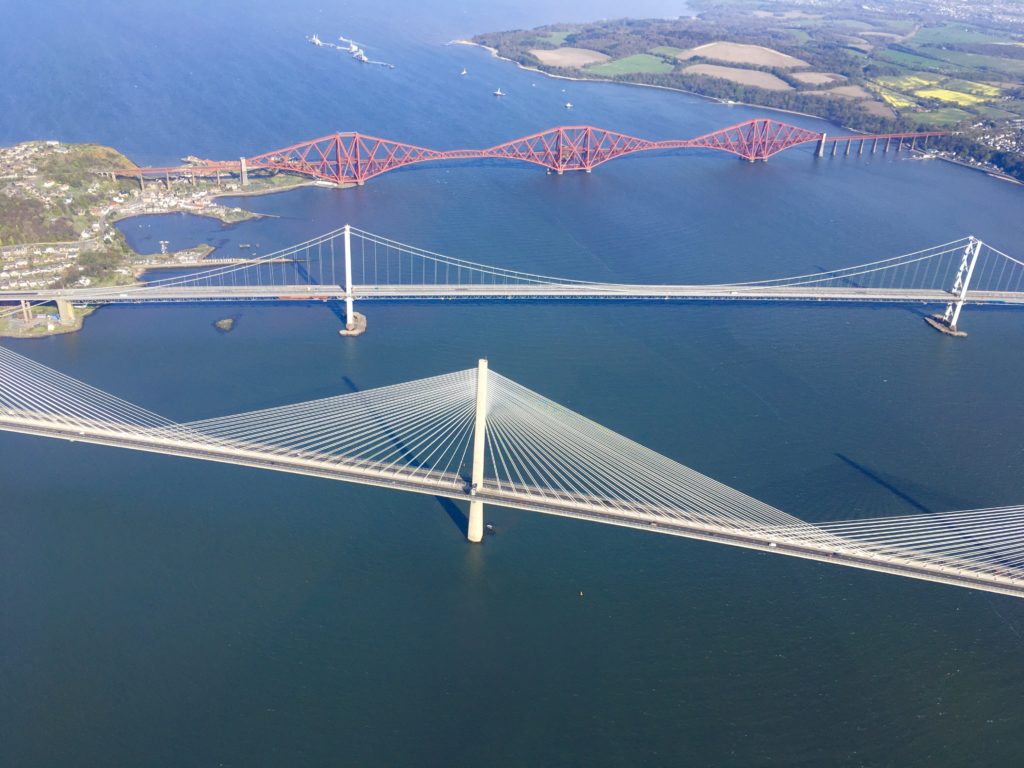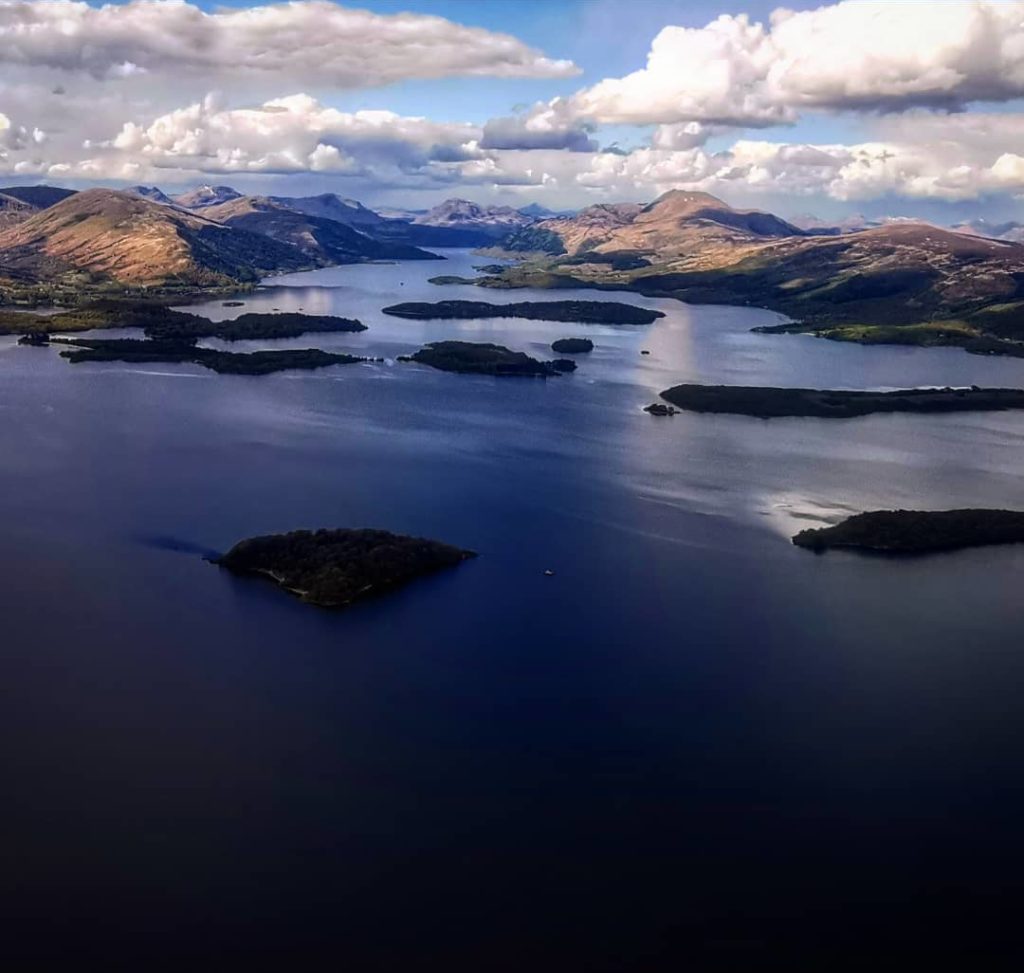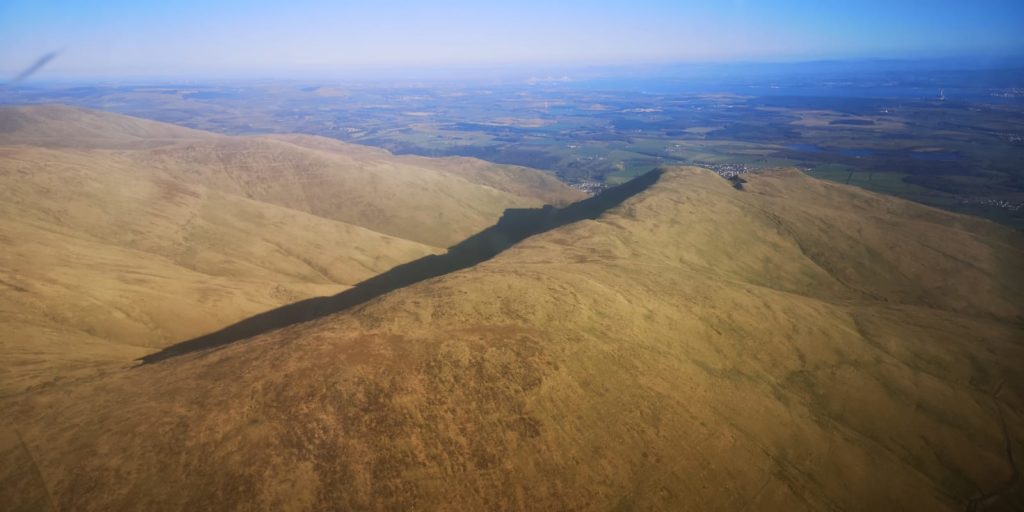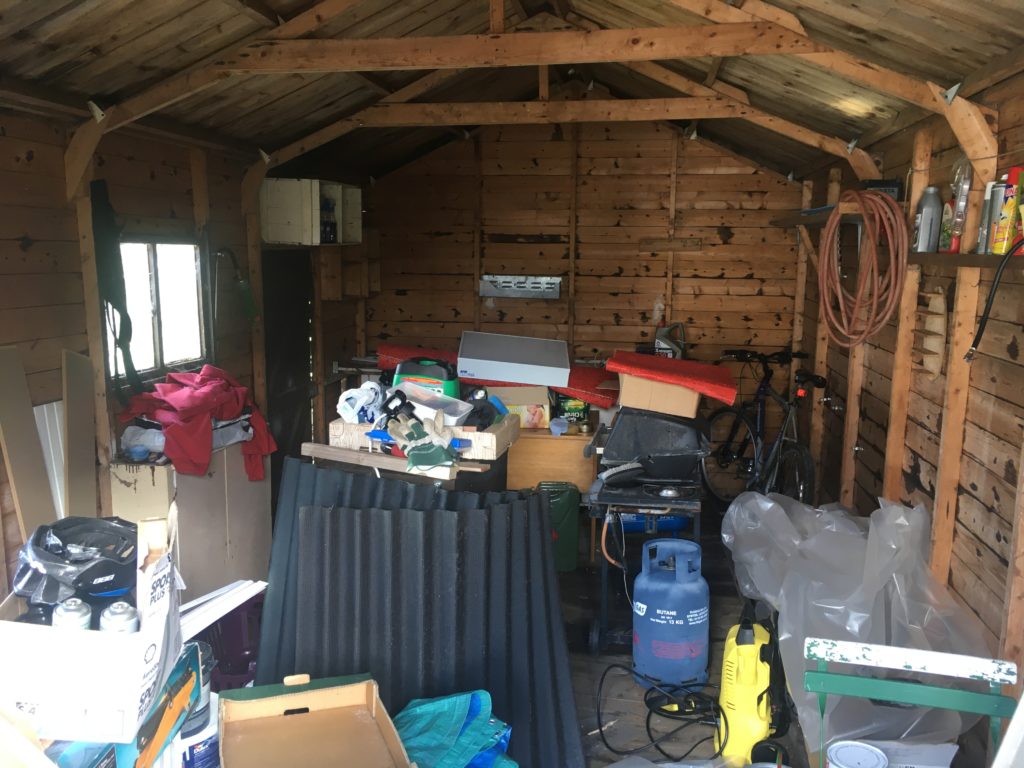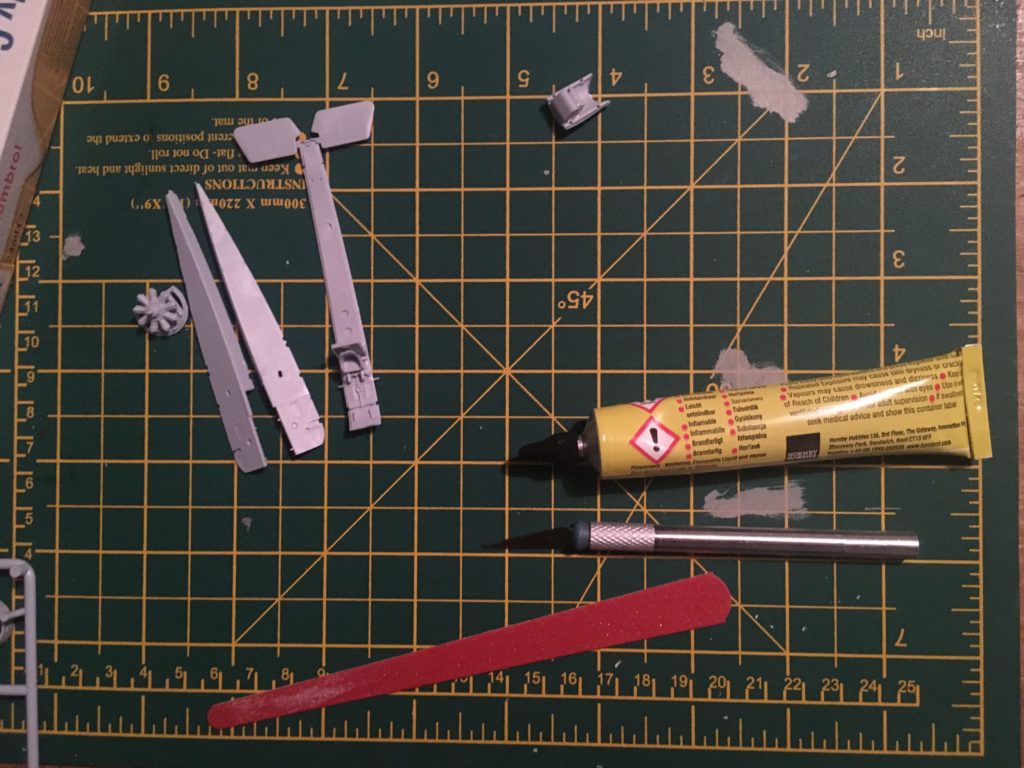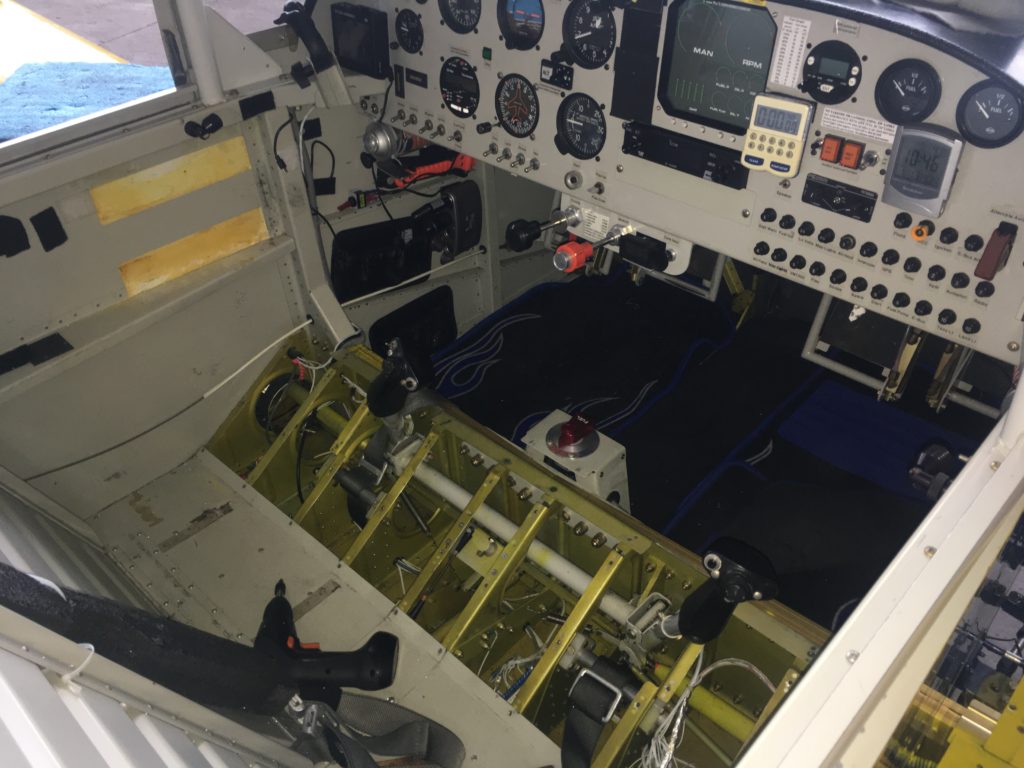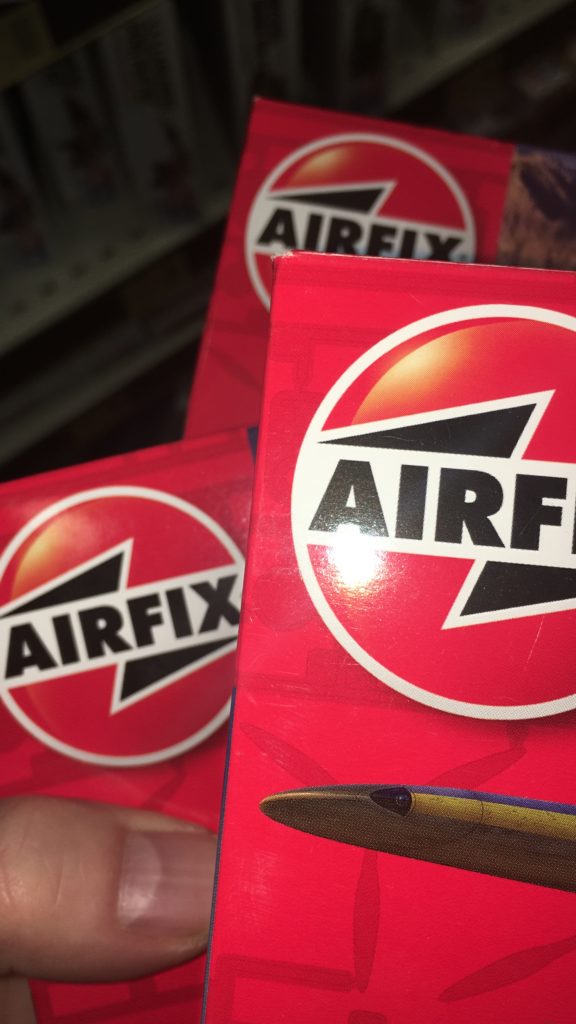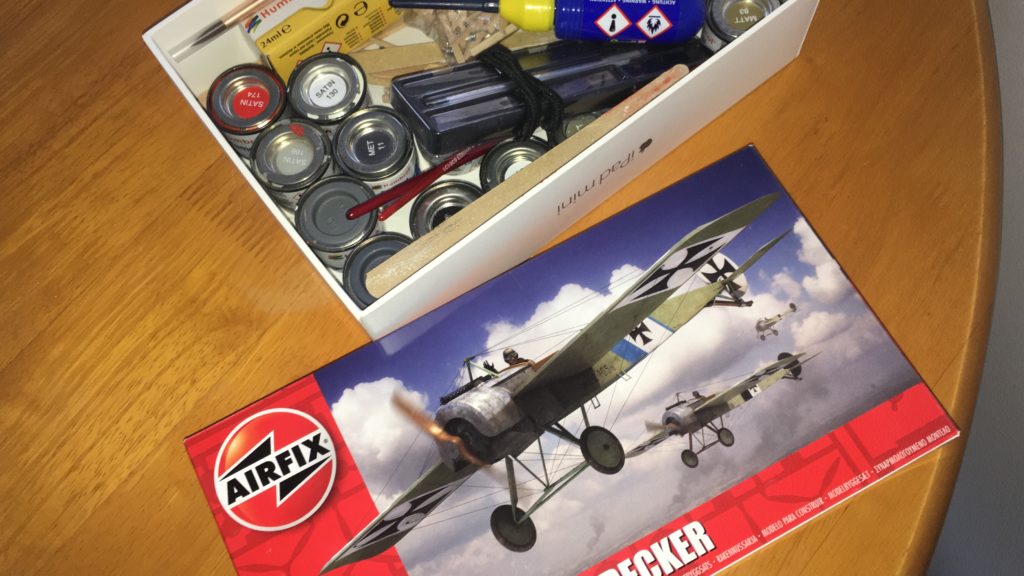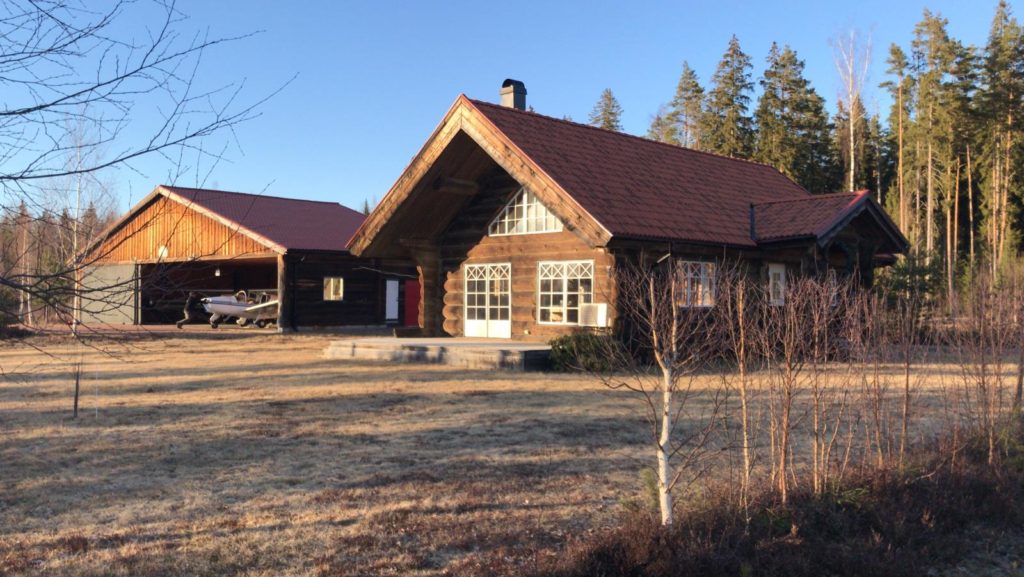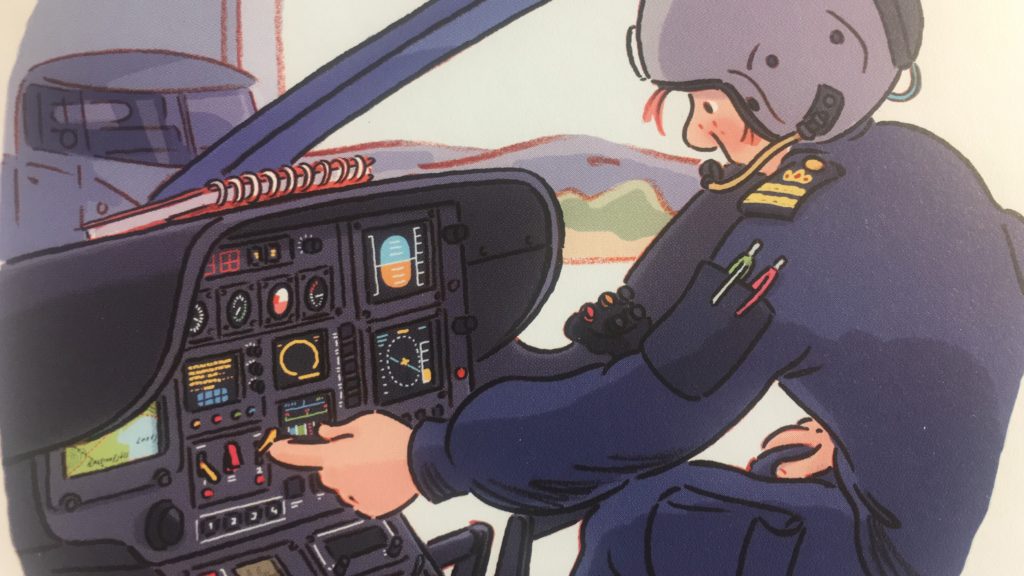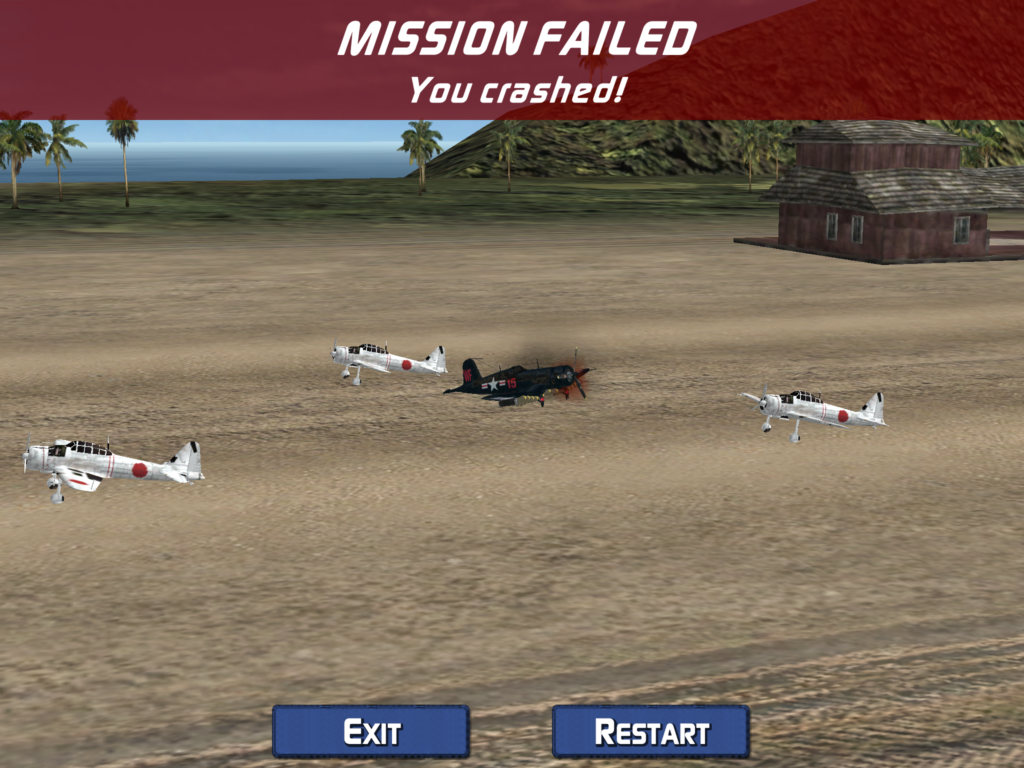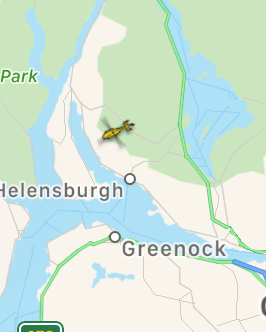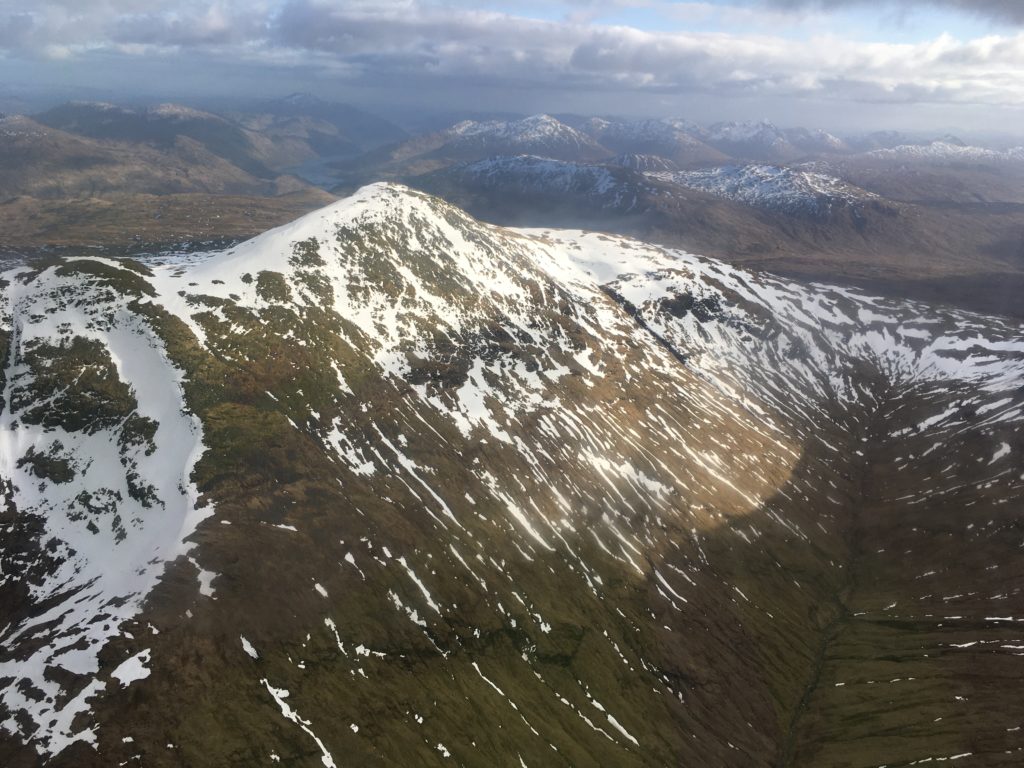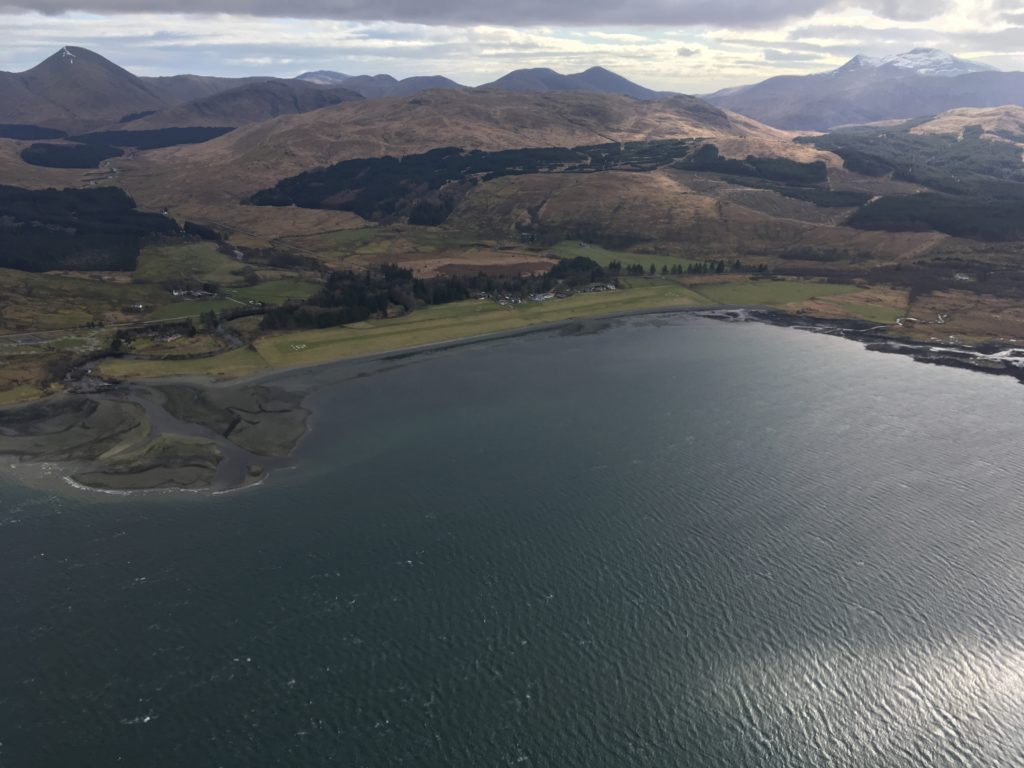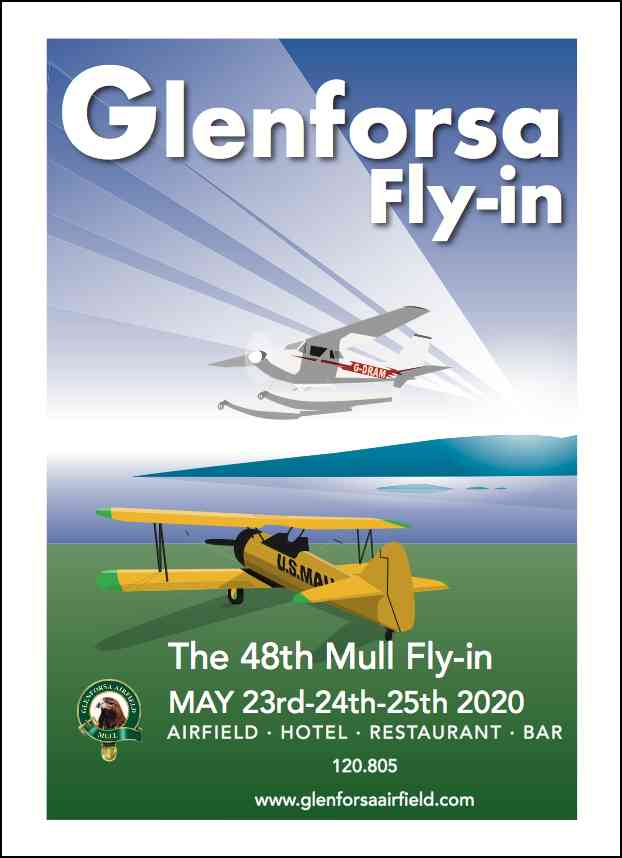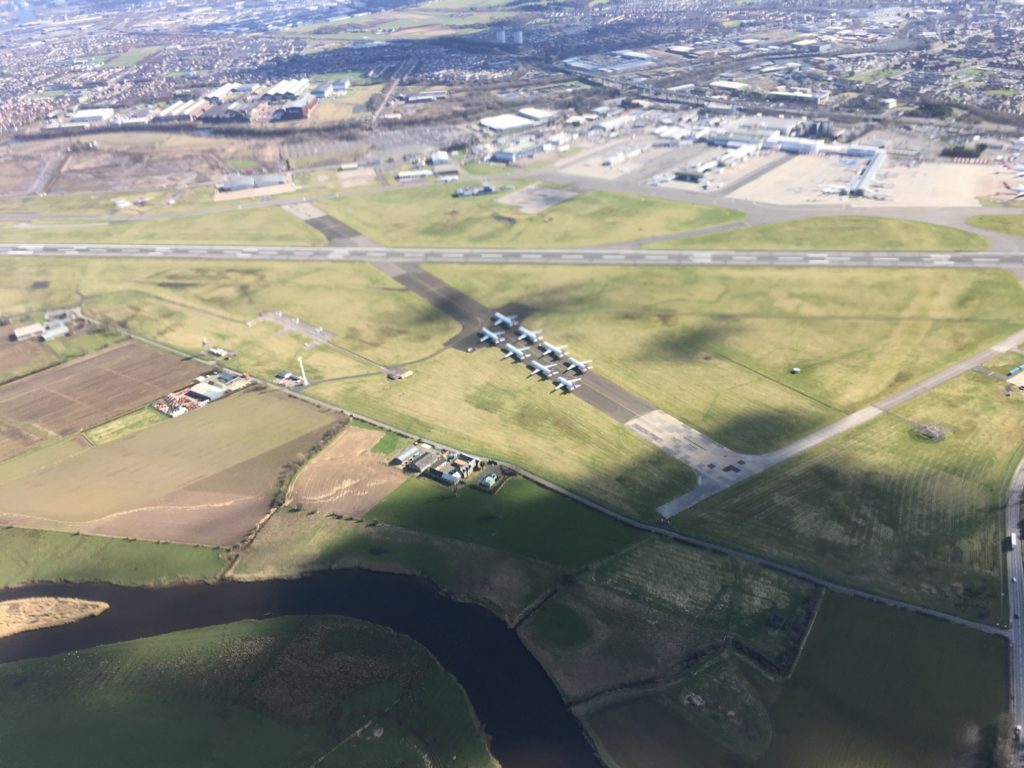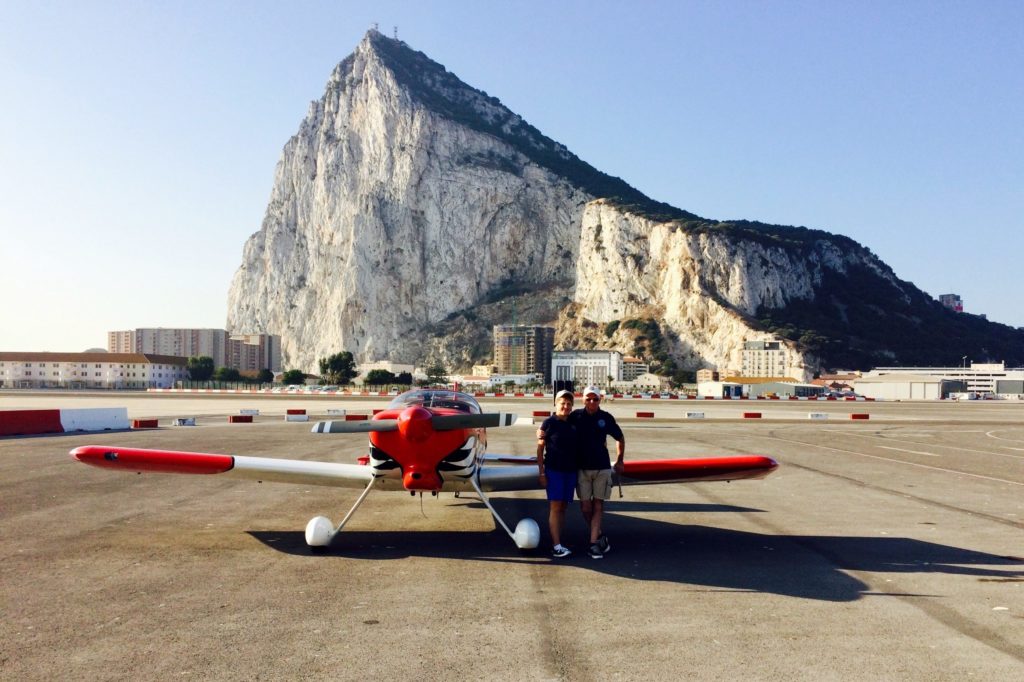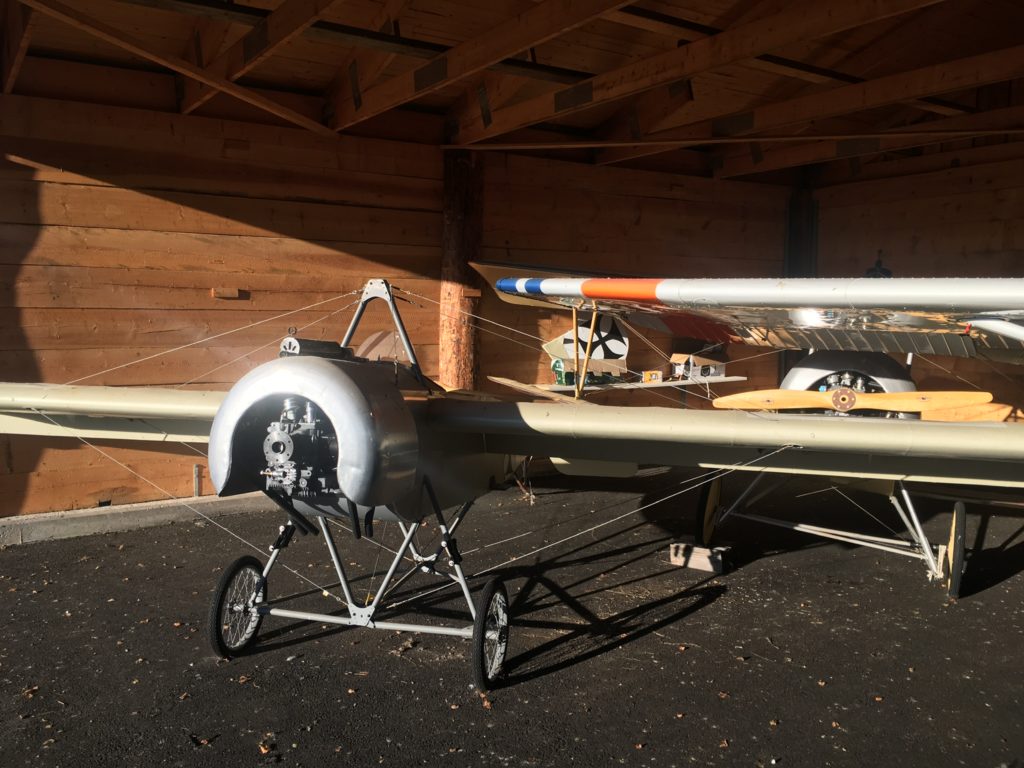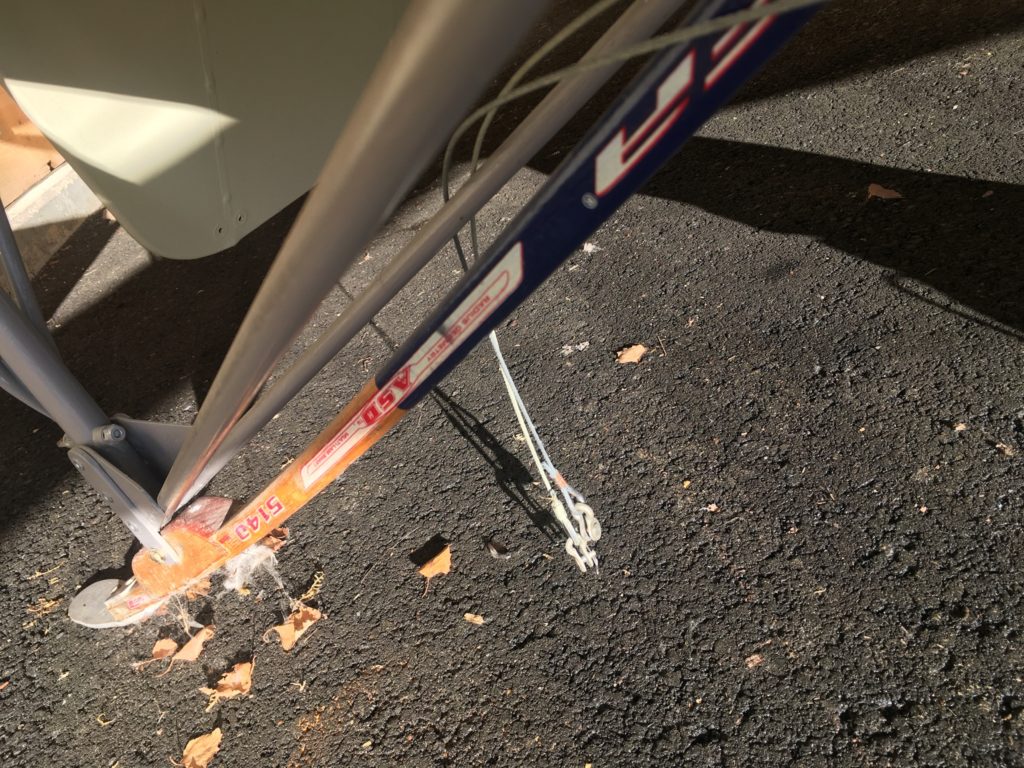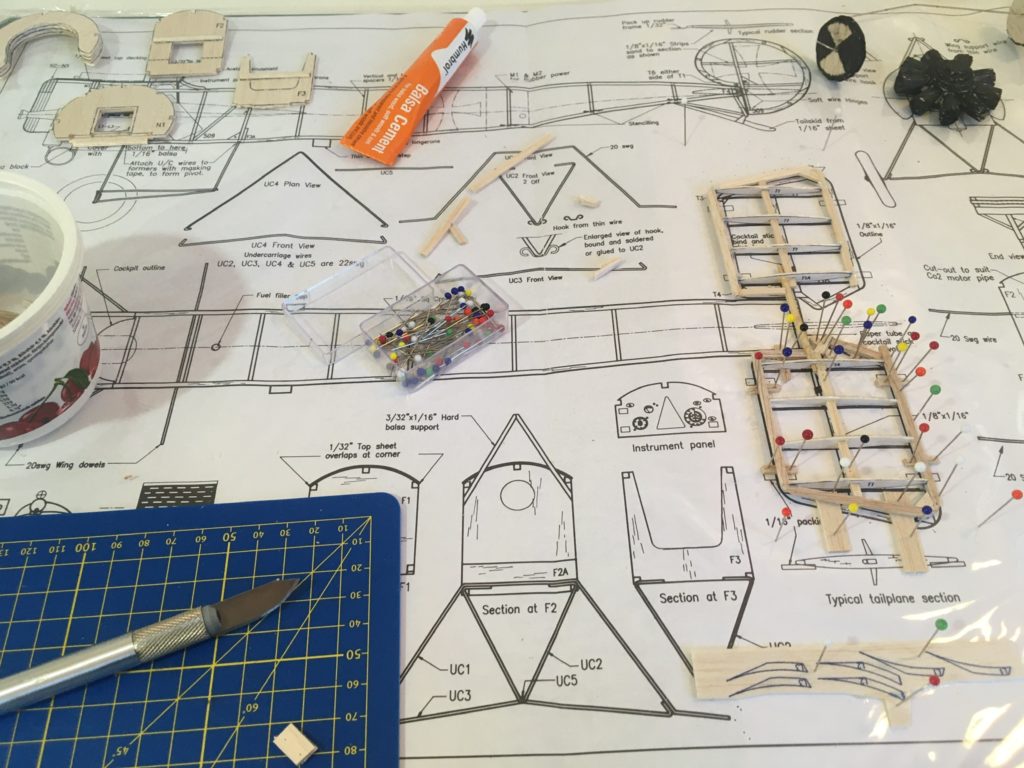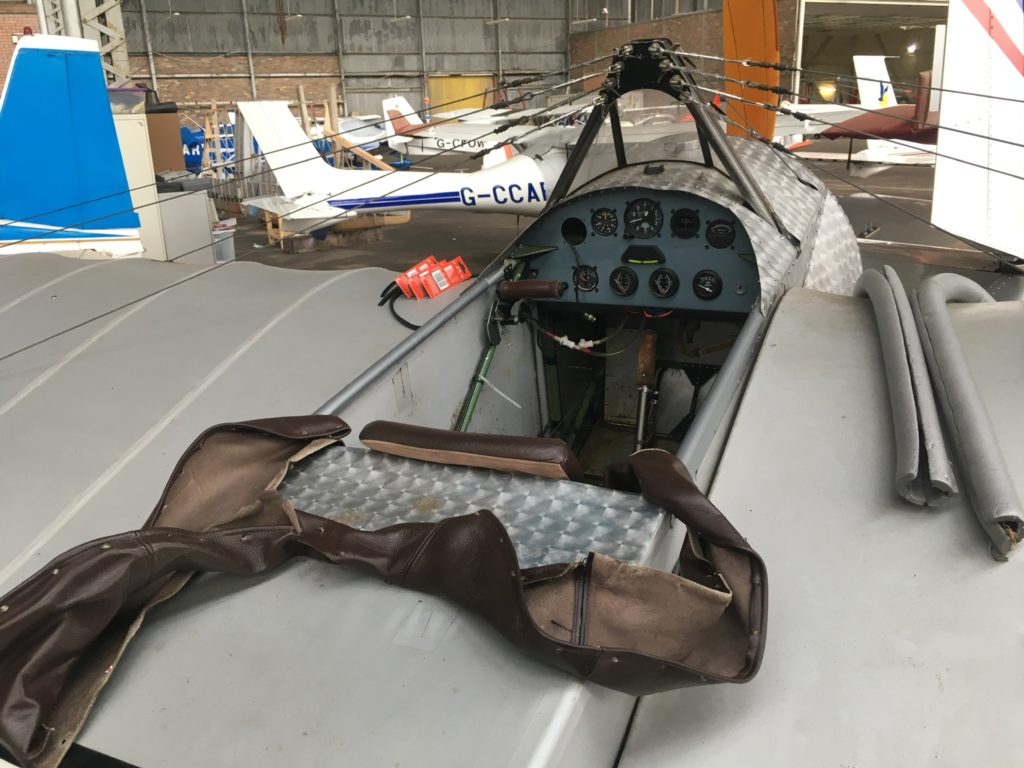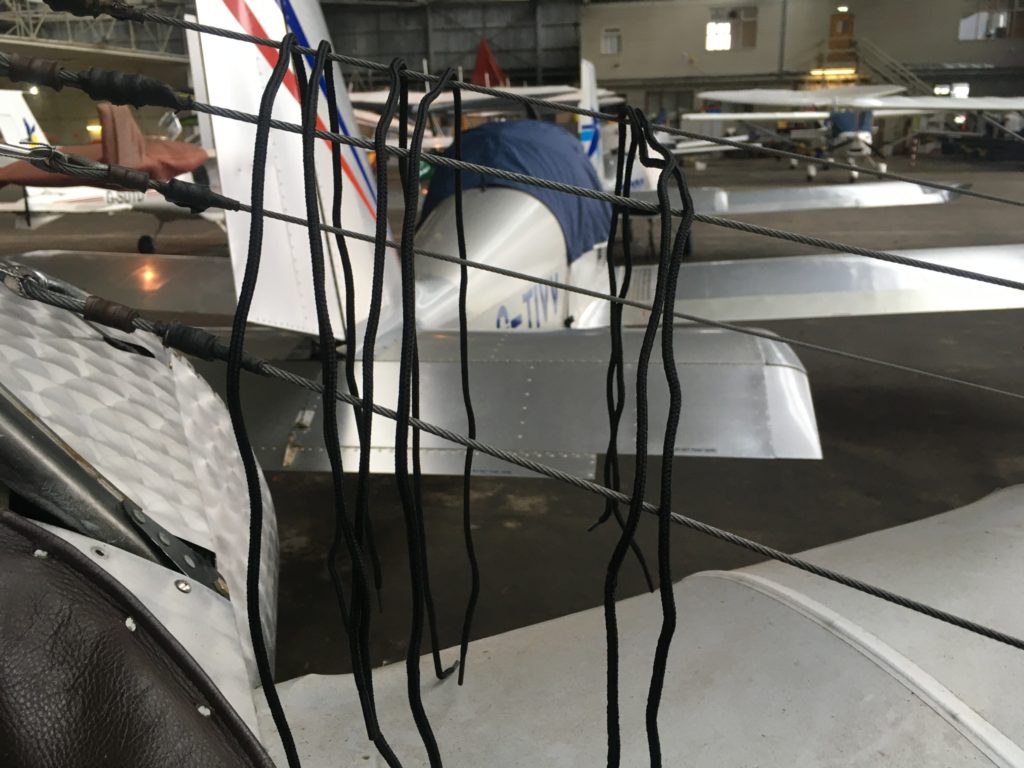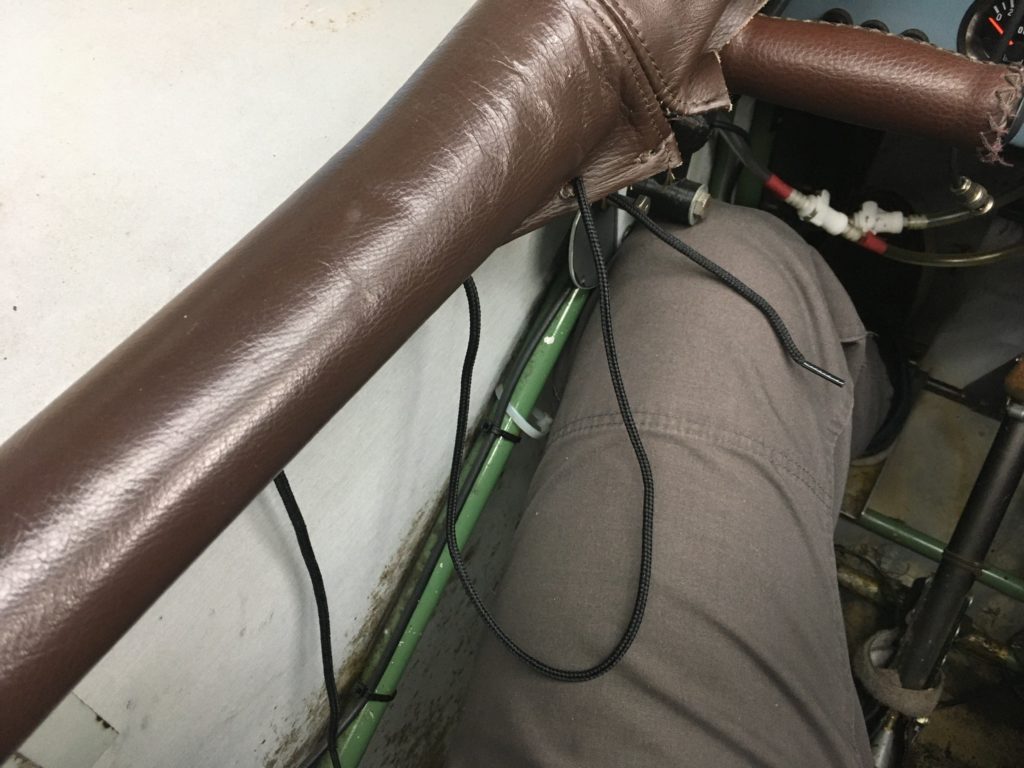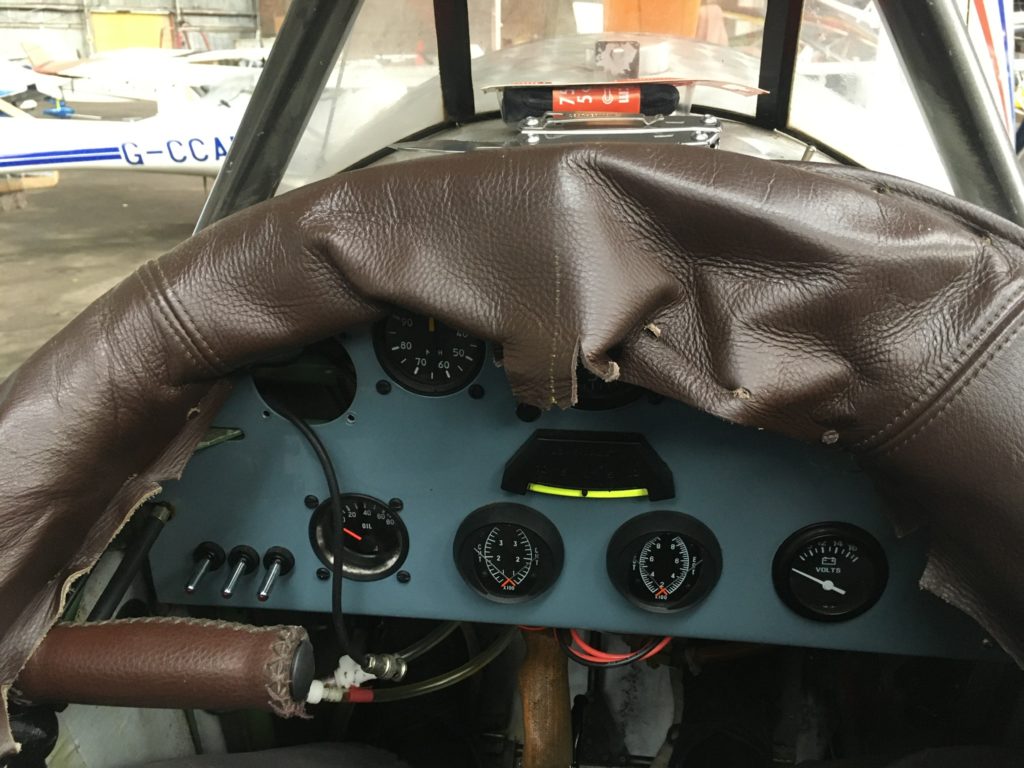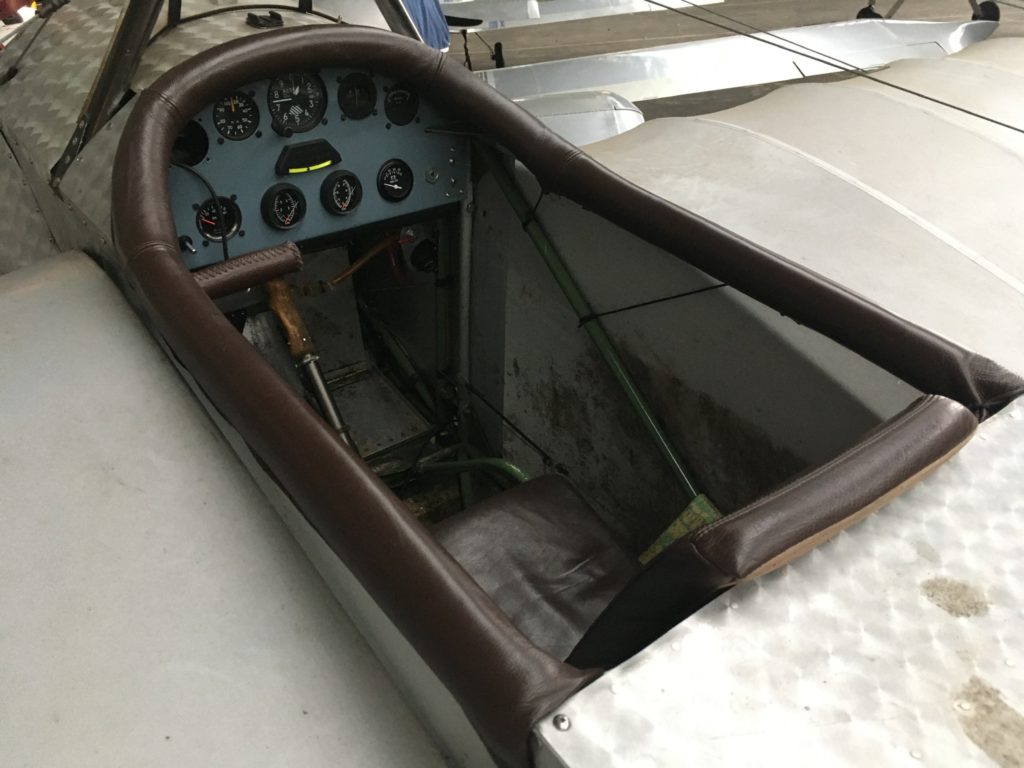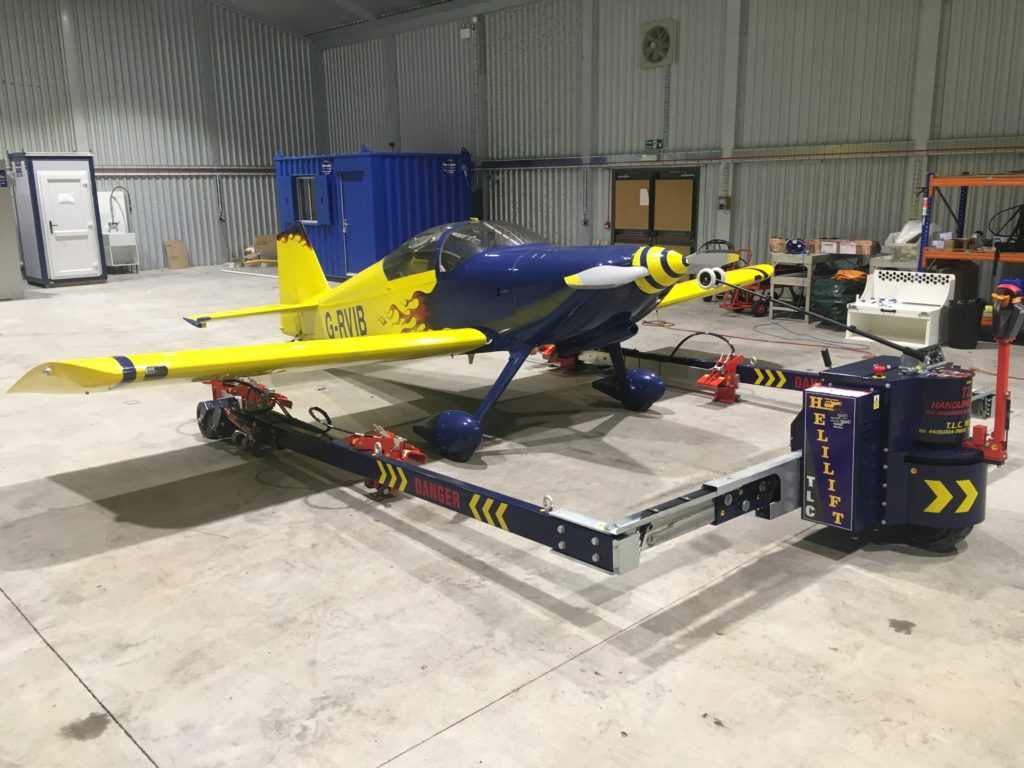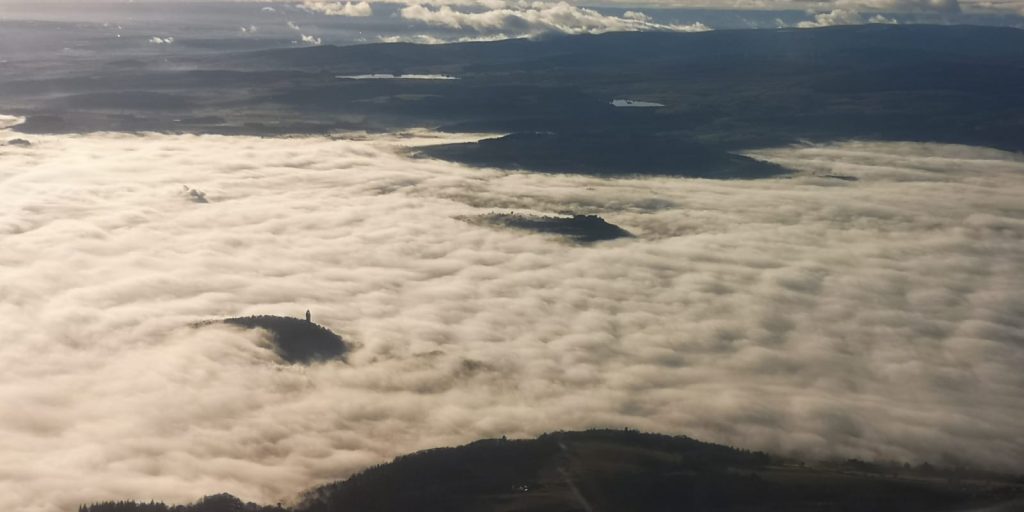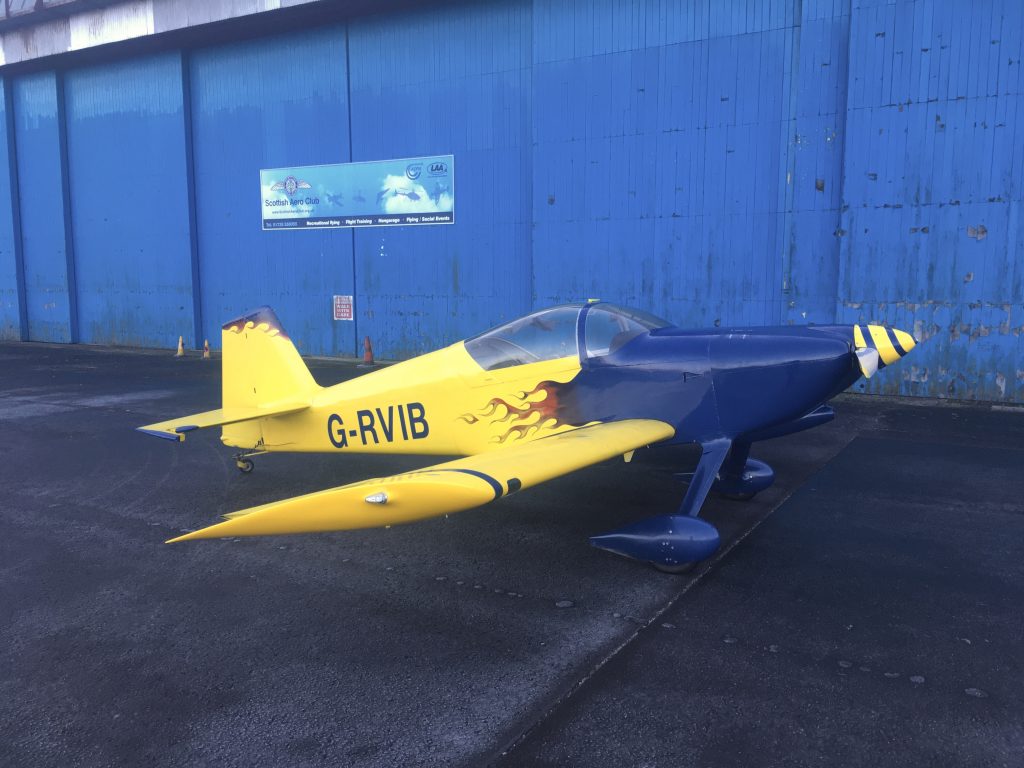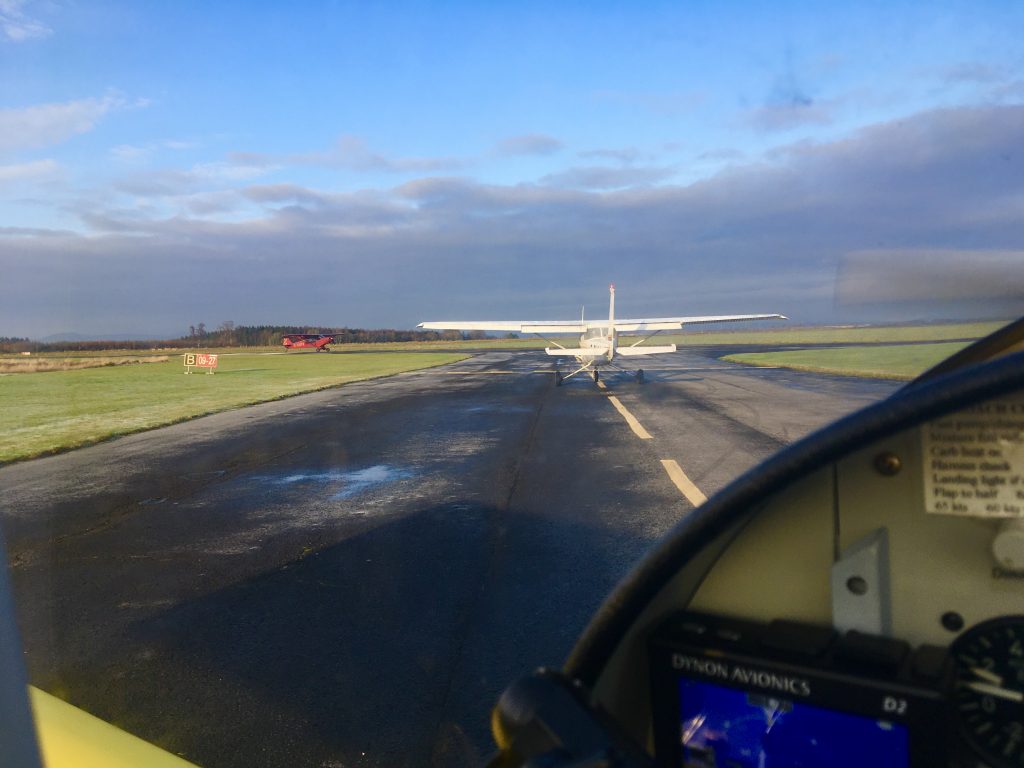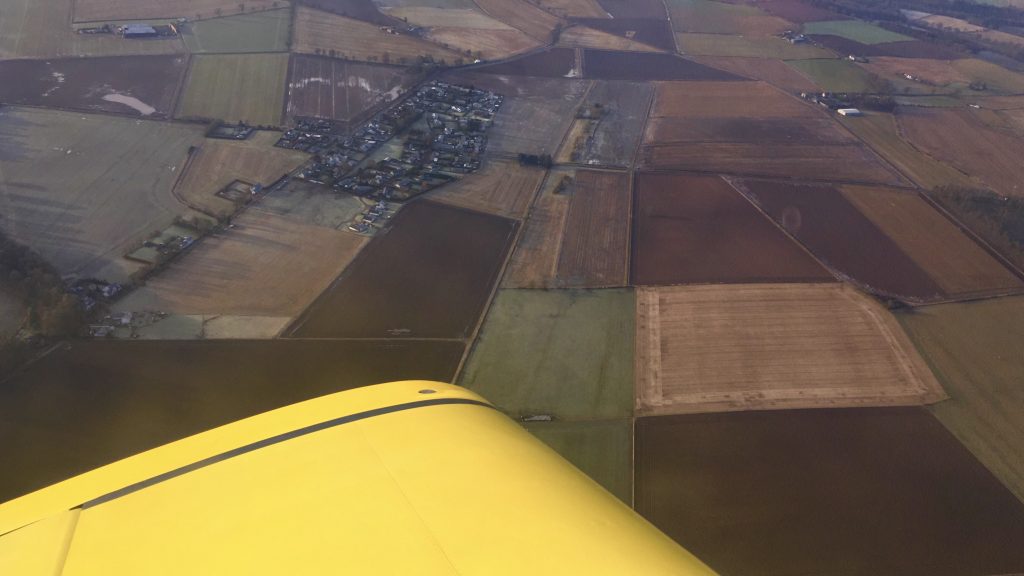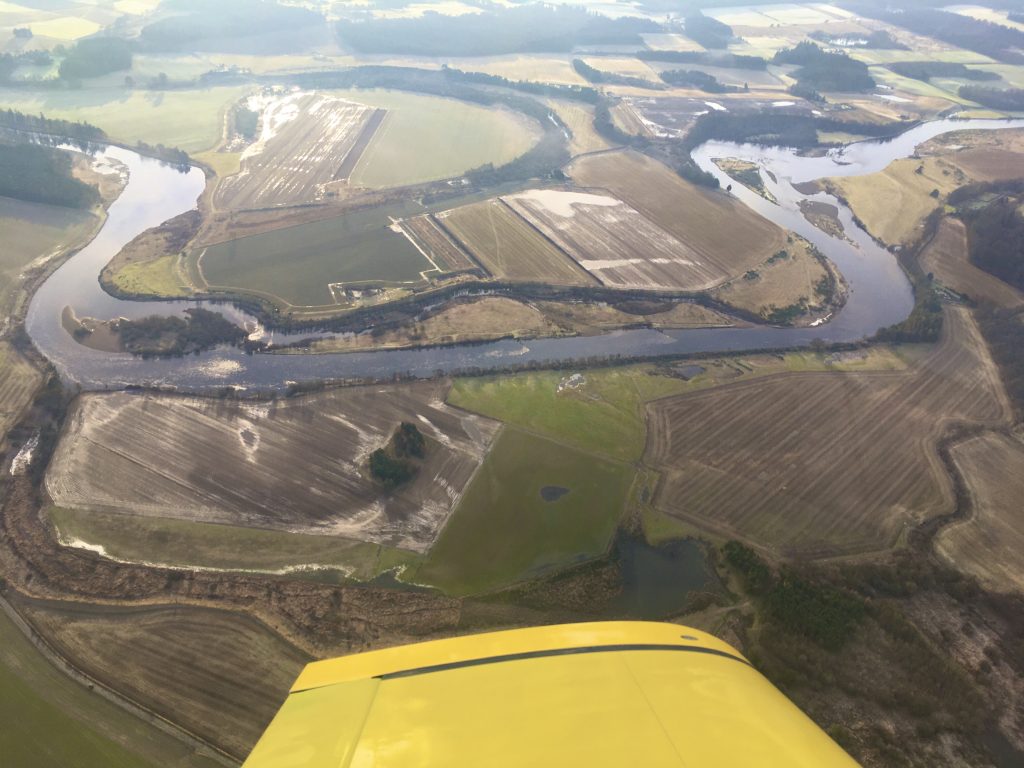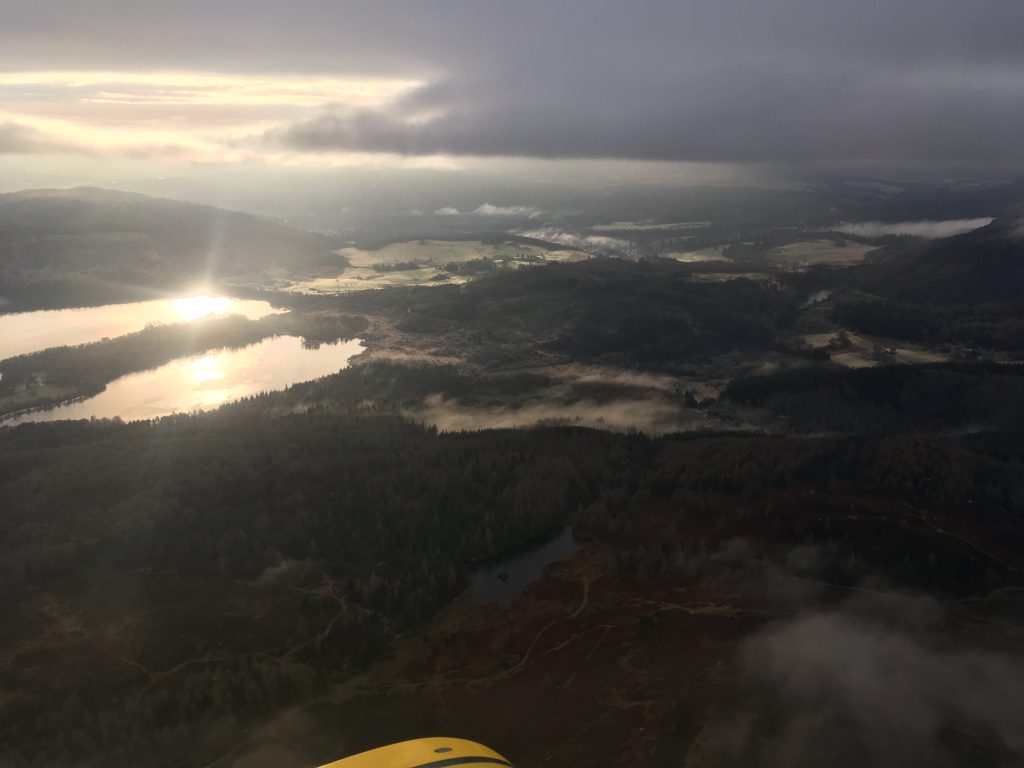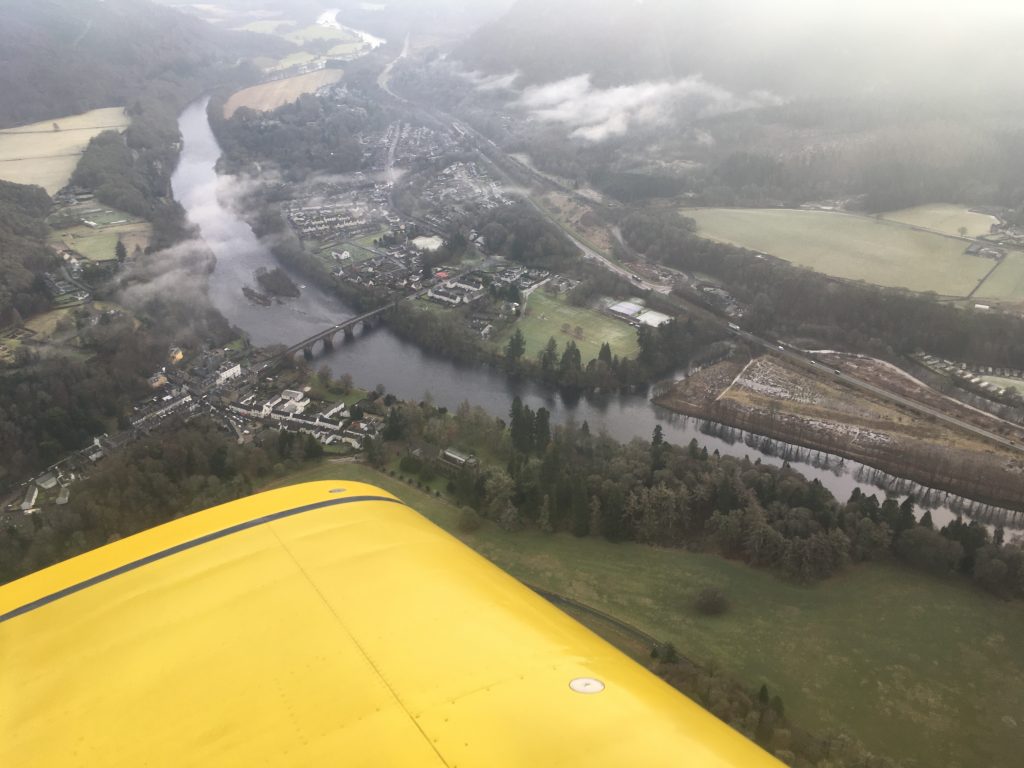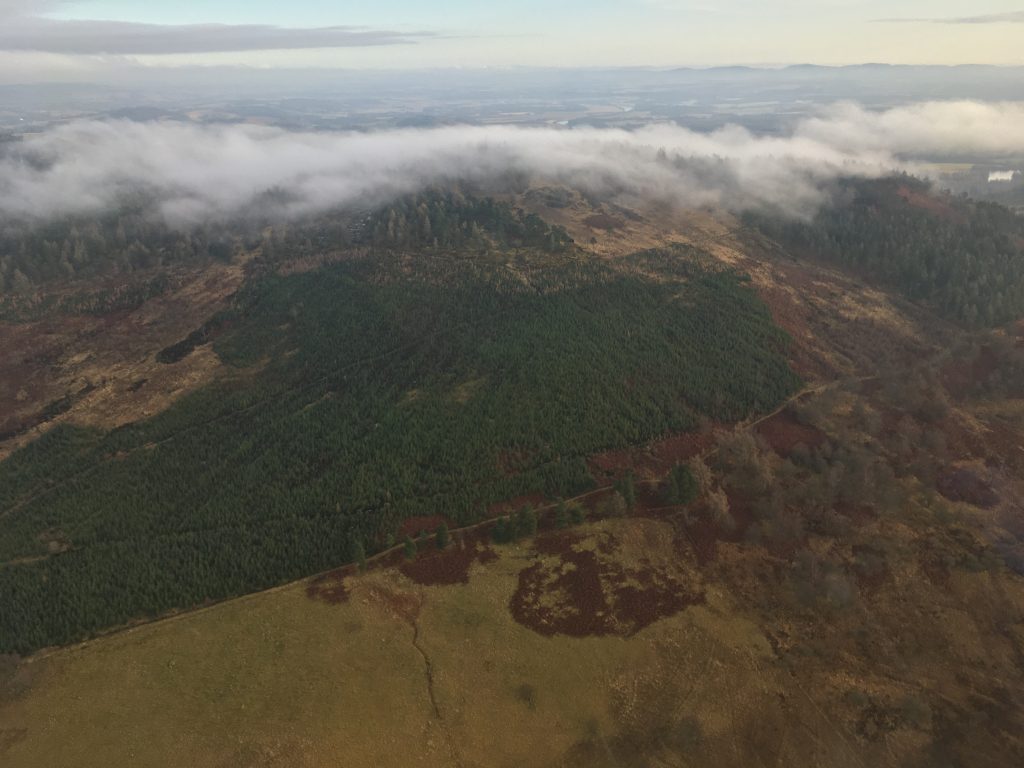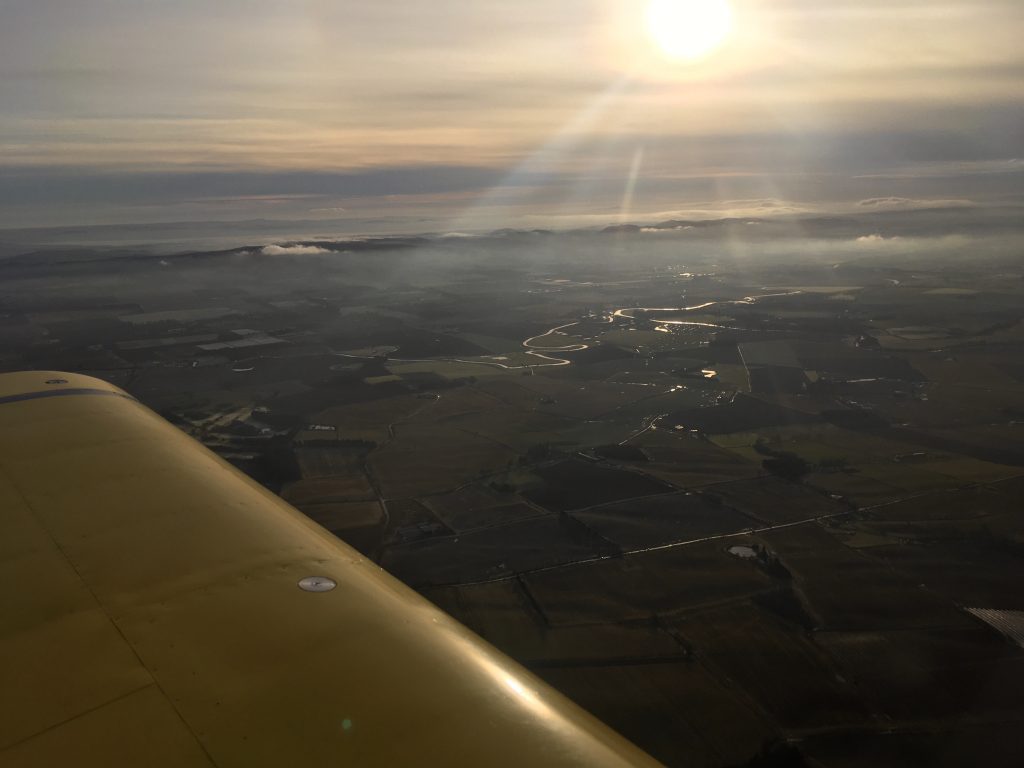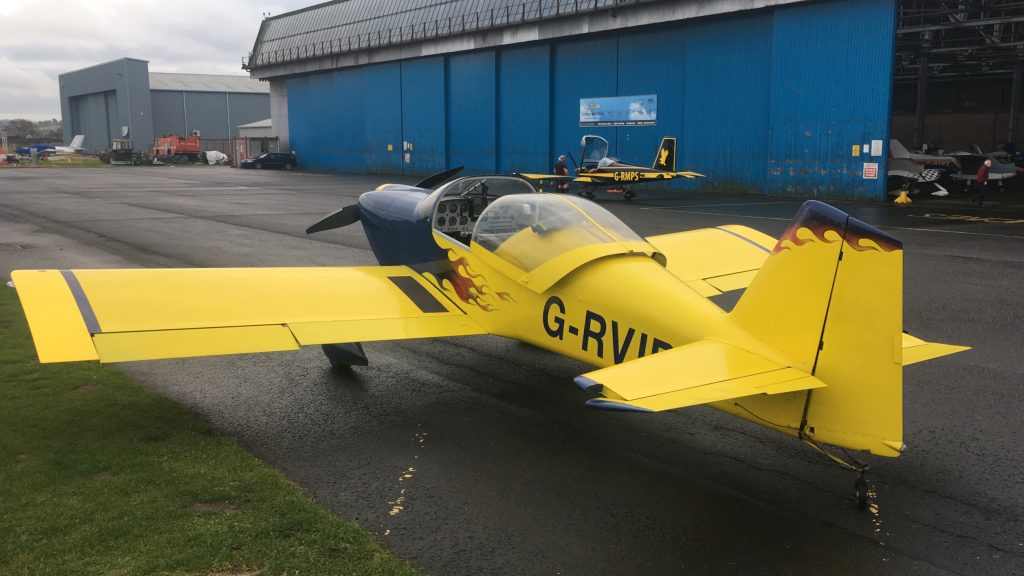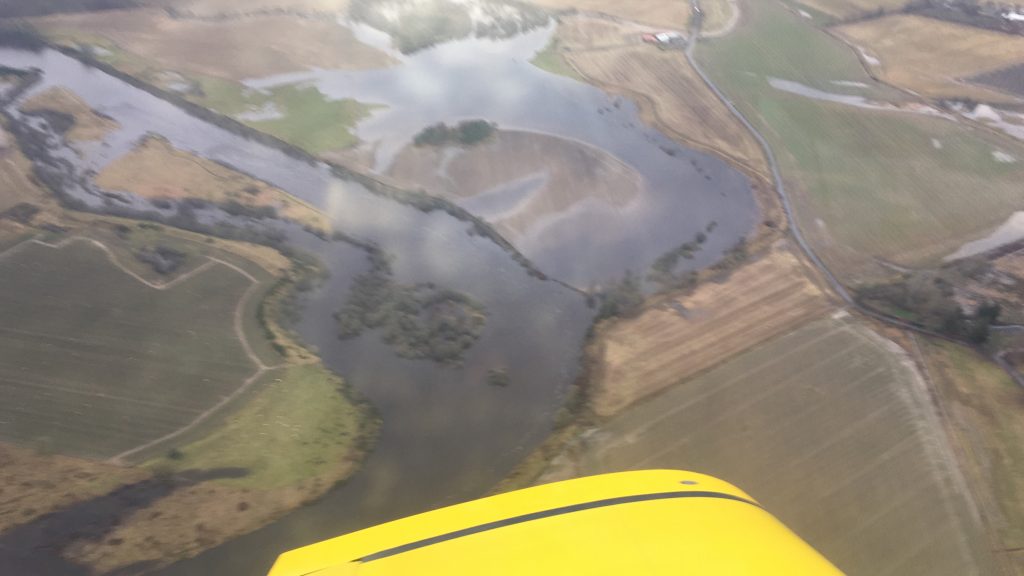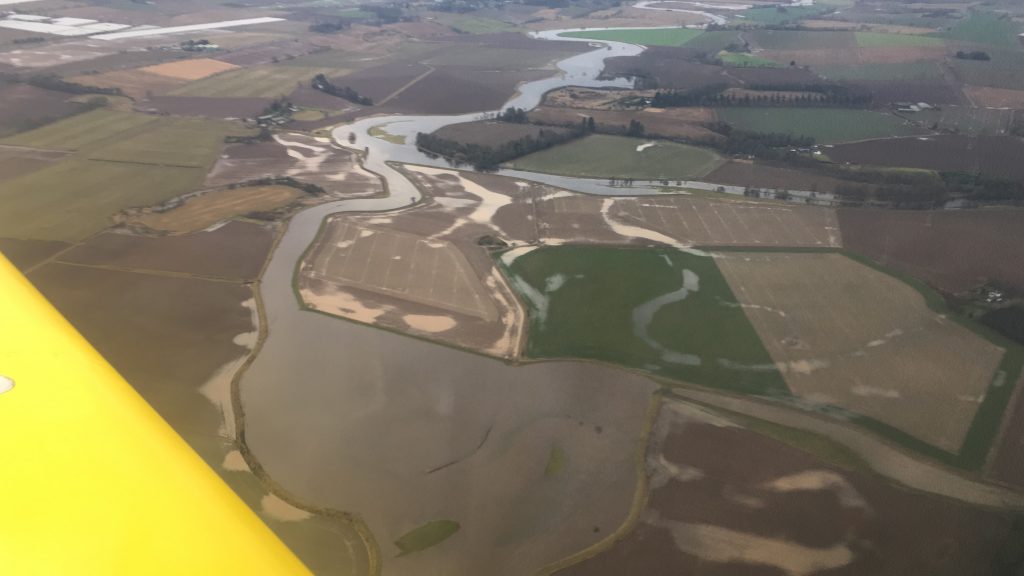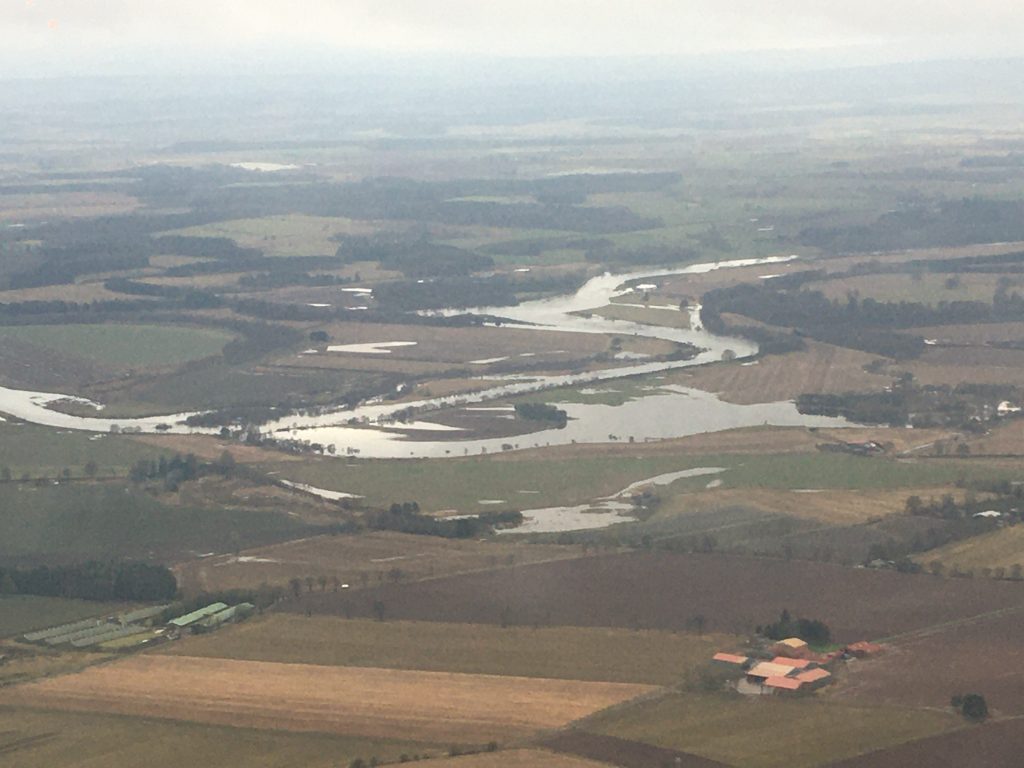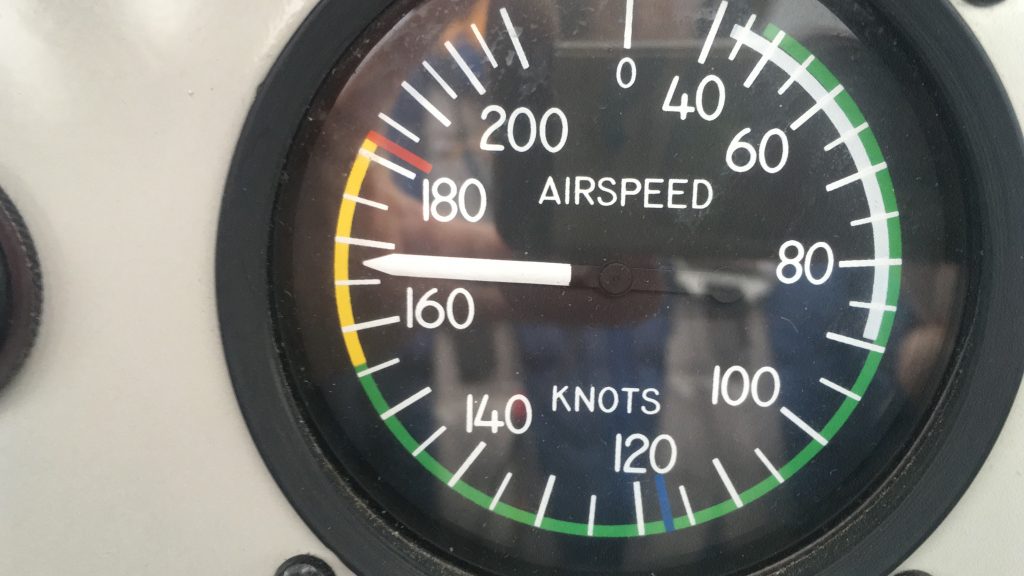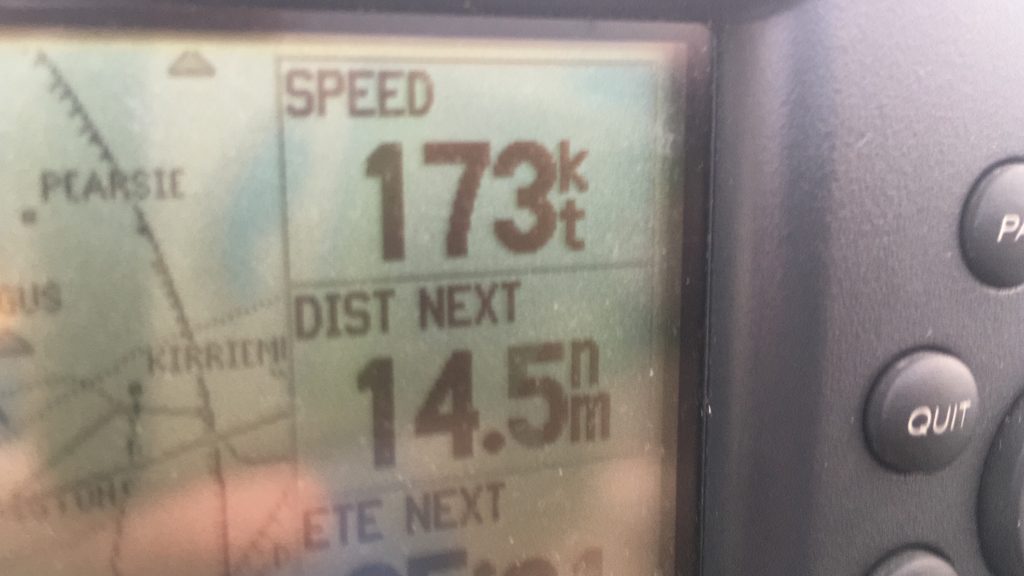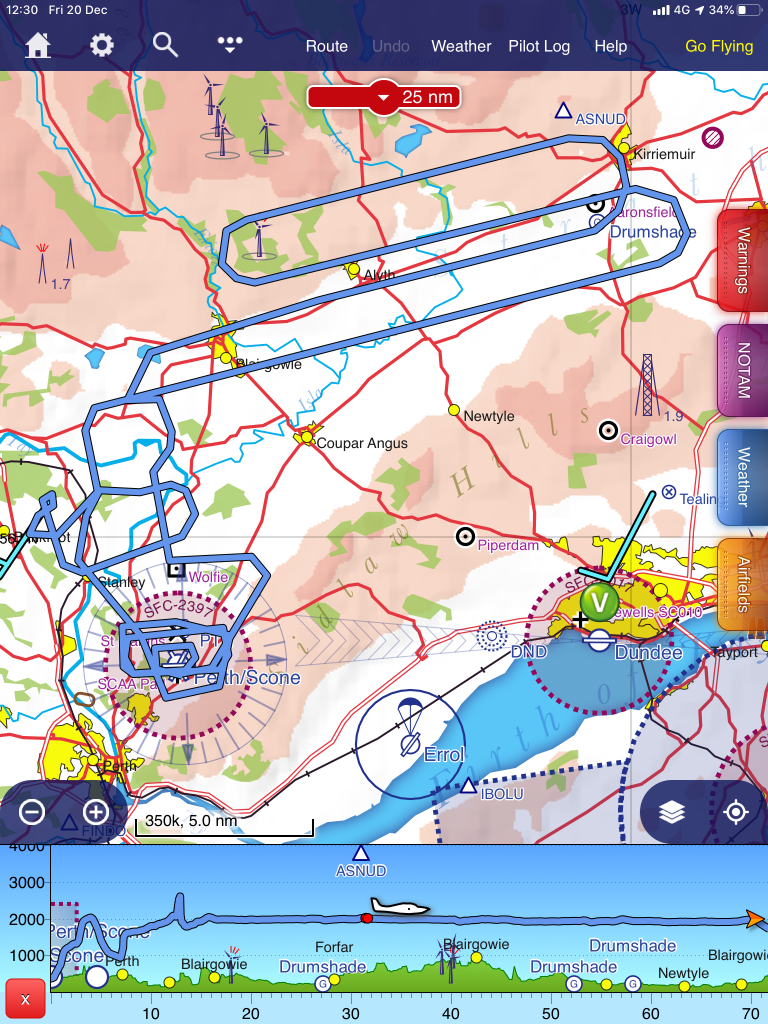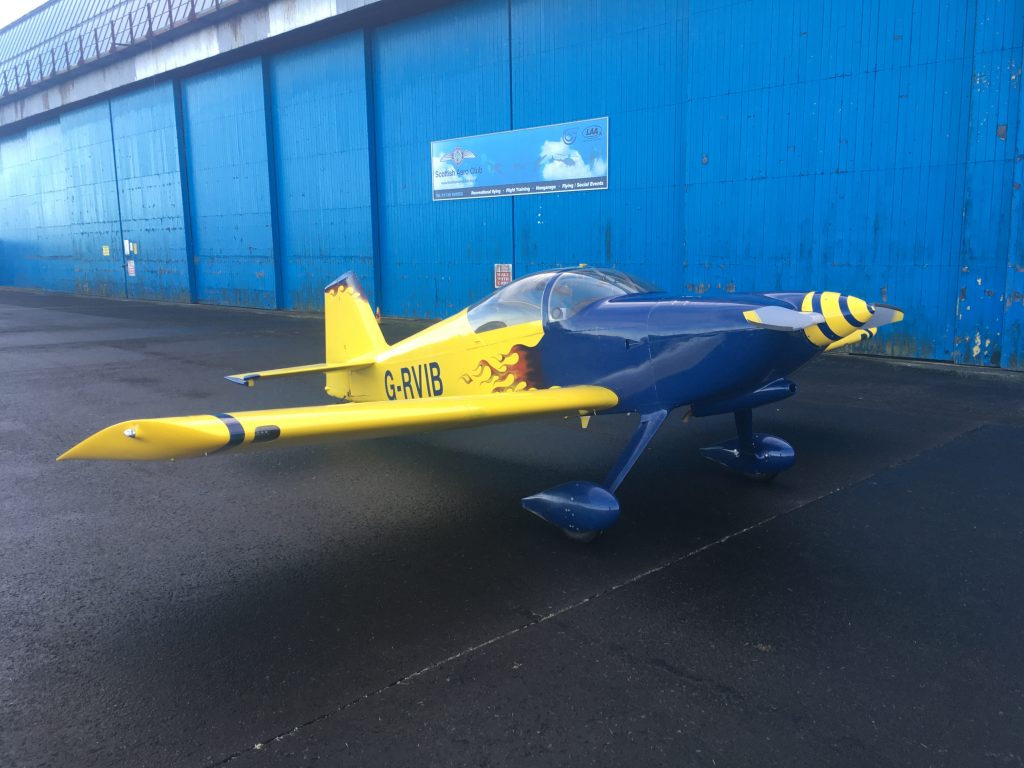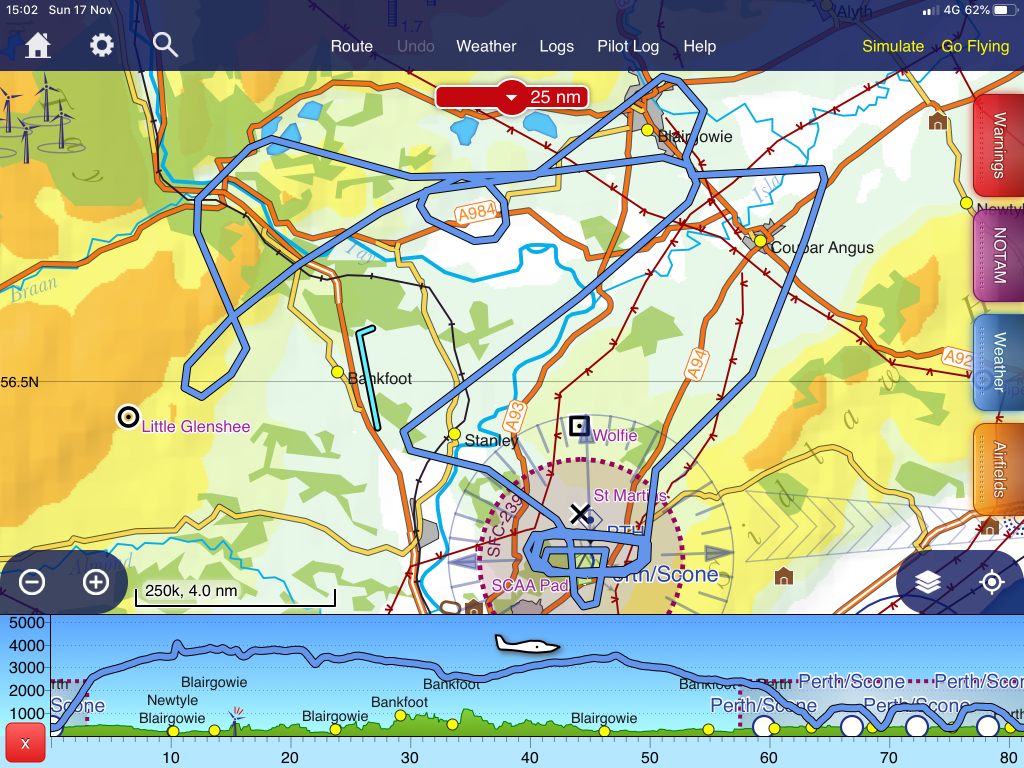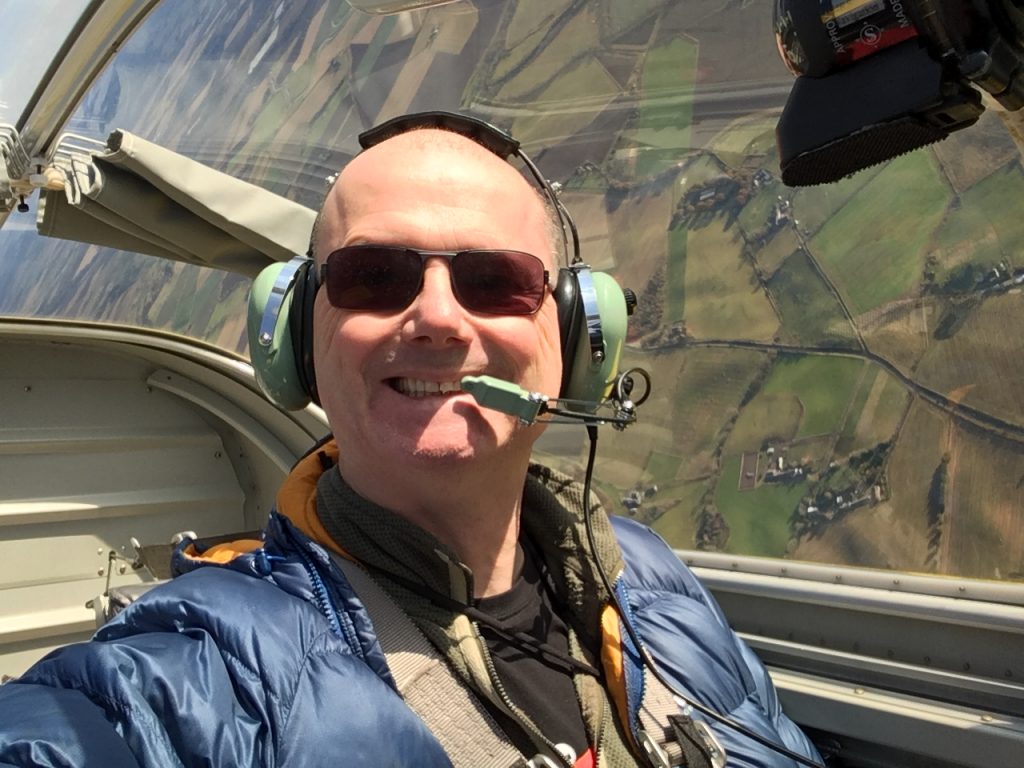I was beginning to think it would never happen. The RV’s “Permit to Fly” ran out at the end of February just as we were starting to feel the impact of the virus. Access to the hangar was limited and so I couldn’t get to work on the aircraft as much as I would have liked to. Over a few weeks I did manage to get all the panels off ready for the annual inspection…piled up at the side of the hangar they look a bit like the pictures of the aircraft in kit form (usually accompanied with a statement like “With our kit you can be flying in six months. Engine, instruments and paint not included”)…
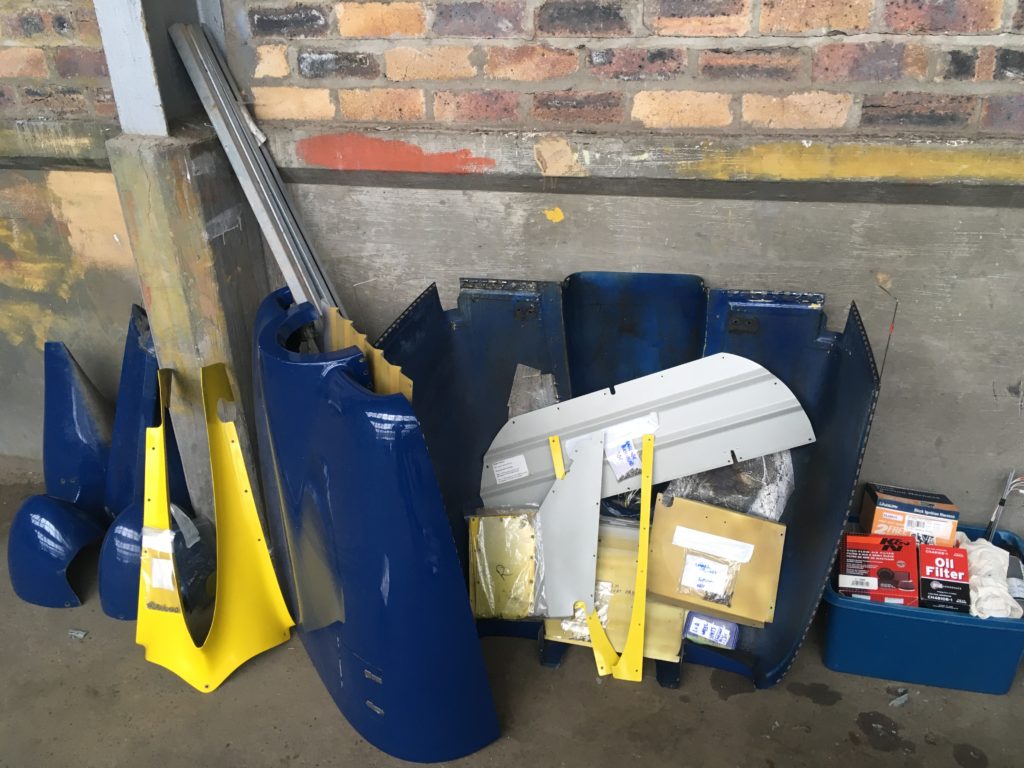
Inspector Sandy made it over from the West Coast to complete several permit renewal inspections, and ours was one of them! A portrait of the engineering guru in his element:
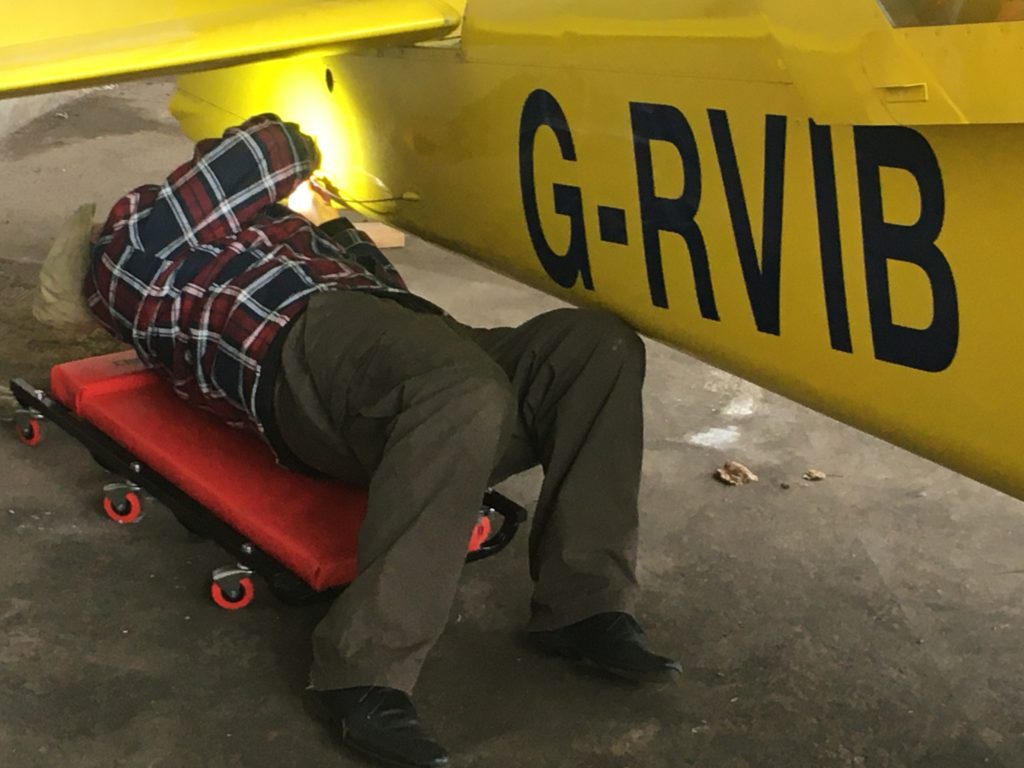
With an inspection in the bag and a Permit to Test Fly, we’re just waiting for good weather and a chance to get the flight test done…then the paperwork gets sent off and with luck a renewed Permit returns soon after. I say with luck because the Light Aircraft Association who administer these things are all working from home at the moment. The post is getting picked up from head office and the system seems to be working fine. There are no internet rumblings about any major delays so fingers crossed!
In Scotland we are still under “lockdown” and recreational flying is not at the top of the priority list, but a permit renewal test flight is classed as essential maintenance activity and can go ahead. Engine maintenance flights are allowed every 28 days as well to enable engines to get up to operating temperature which evaporates any moisture in the oil and avoids internal corrosion. A ground run just won’t cut it, so the guidance is a flight every 28 days of (I think) up to 30 minutes for a Continental engine and 60 minutes for a Lycoming. The RV has a Lycoming engine.
The flight test normally takes around half an hour to complete if you take your time, so I’ll have an extra 30 minutes to wander around and enjoy the views. Sadly the guidance also says no further than 10 miles from the airfield, but it’ll be great to be up and about again.
At least I get to go further afield with work. Some views…
Windfarm on the Ochill Hills:
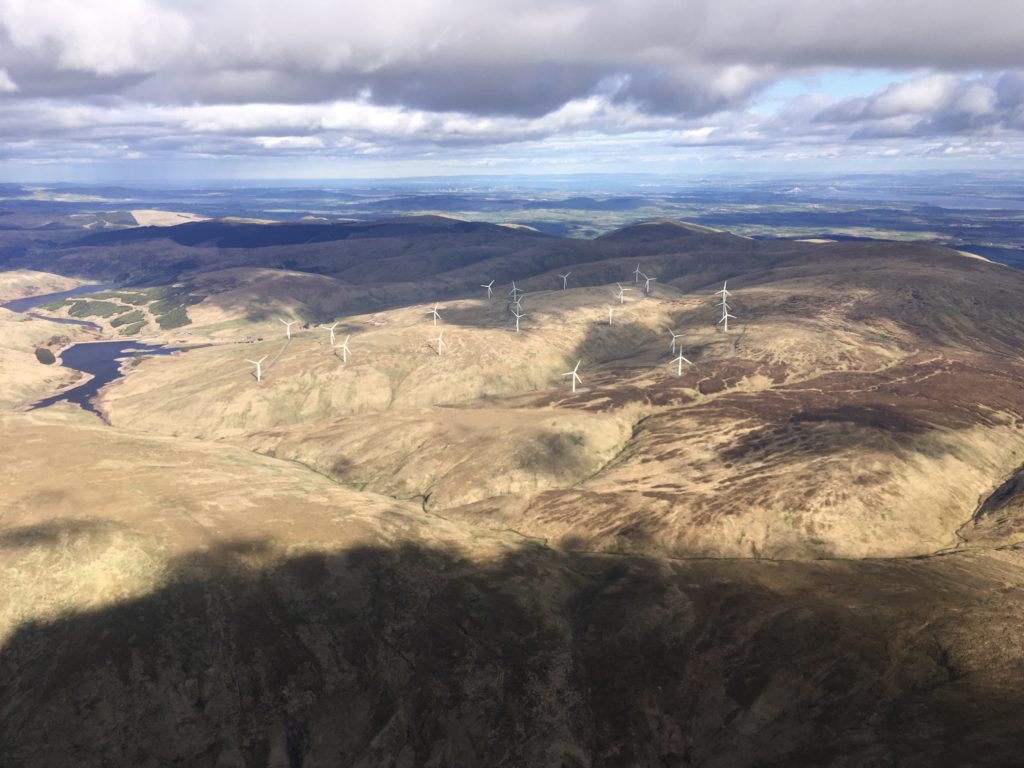
Kirriemuir International Airport…saved on my iPad as a Skydemon user waypoint called Aaronsfield, ‘cos it is run by Aaron. We landed here during Ian’s training:
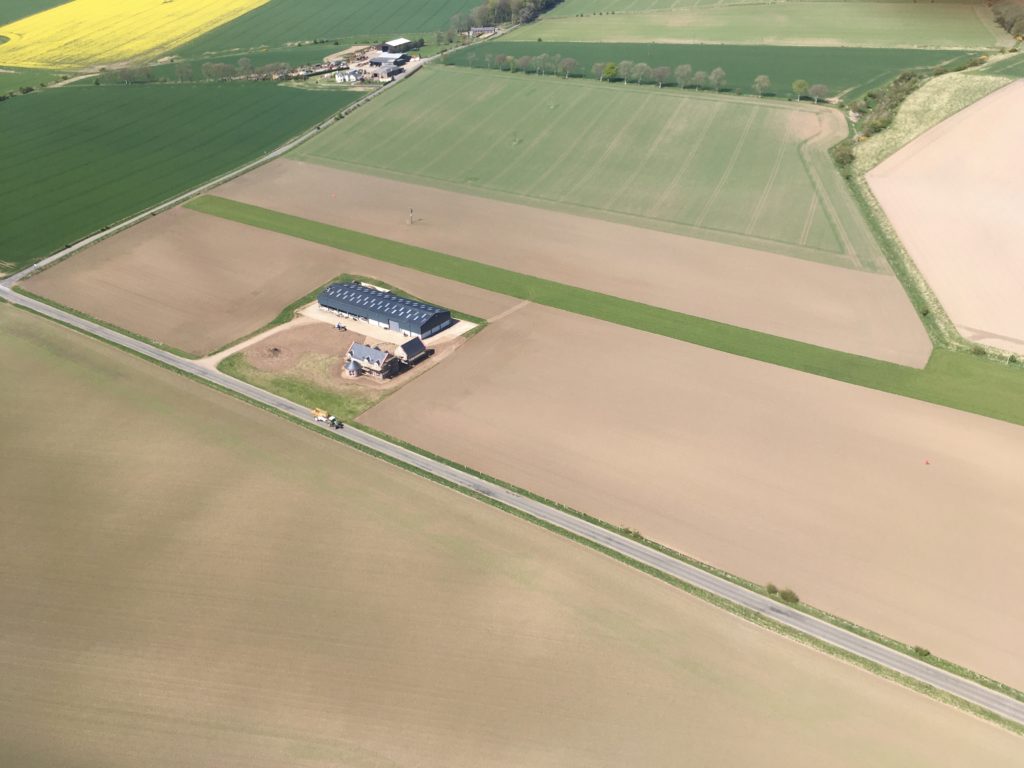
The old and new Kincardine Bridges:
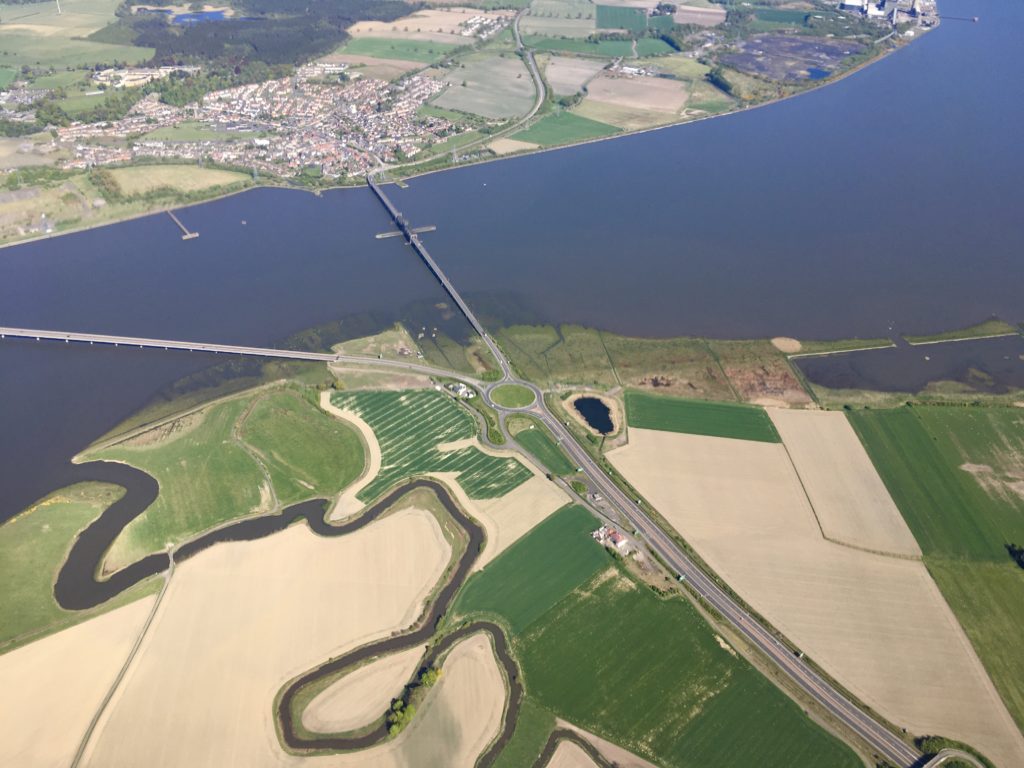
Flat lands by the River Forth near Kincardine:
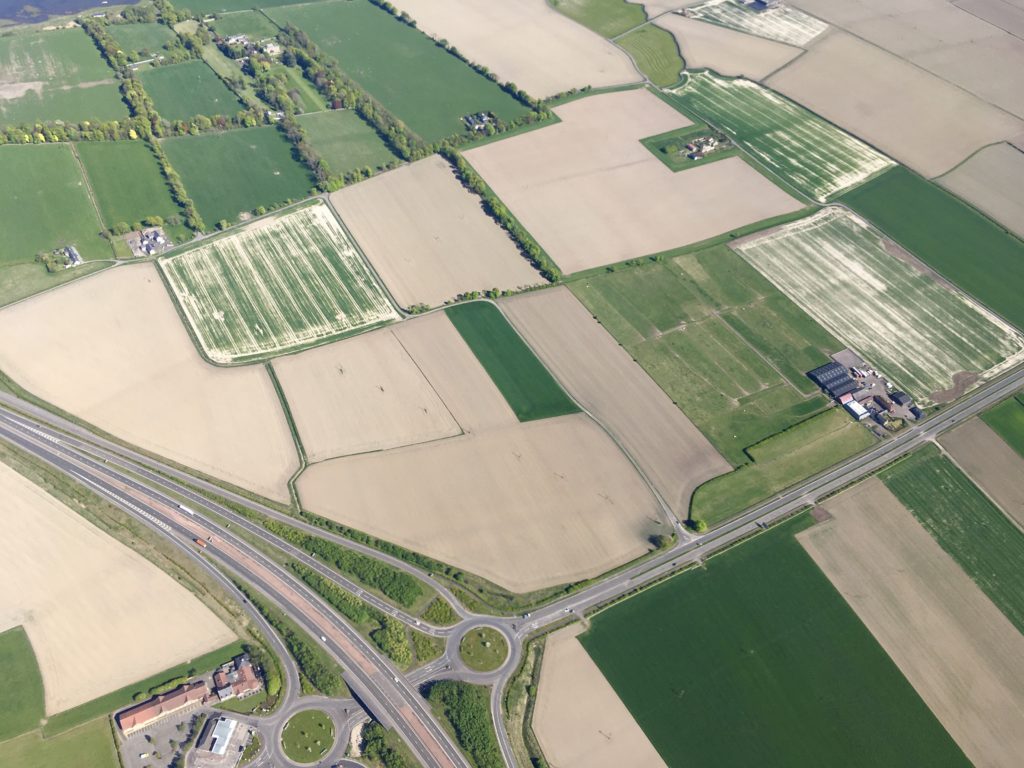
The Forth at Alloa, looking upstream towards Stirling. Can’t wait to see the views from the RV…
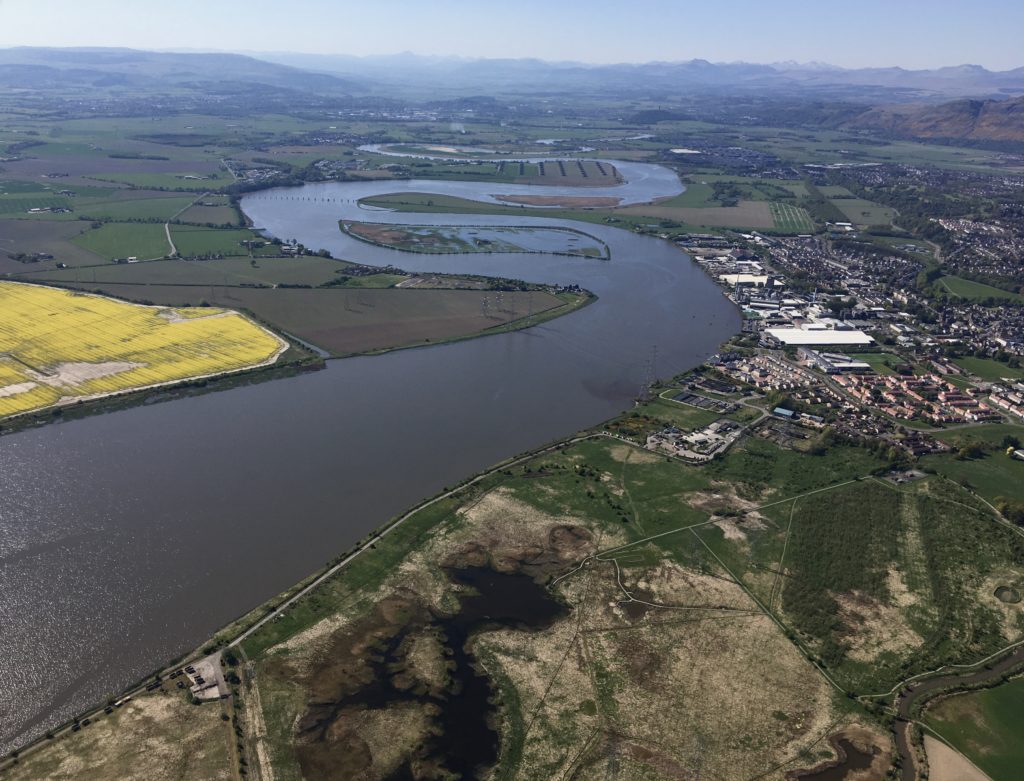
All that previous talk about wishing for things, and getting my L4 Cub model from Ian? A REAL one has just popped up for sale, manufactured in 1944 in the US, shipped to Europe after D-Day and transferred to the French armed forces a few months later, then post-war with a French flying club before coming to the UK, passing through several owners and now for sale at Blackpool:
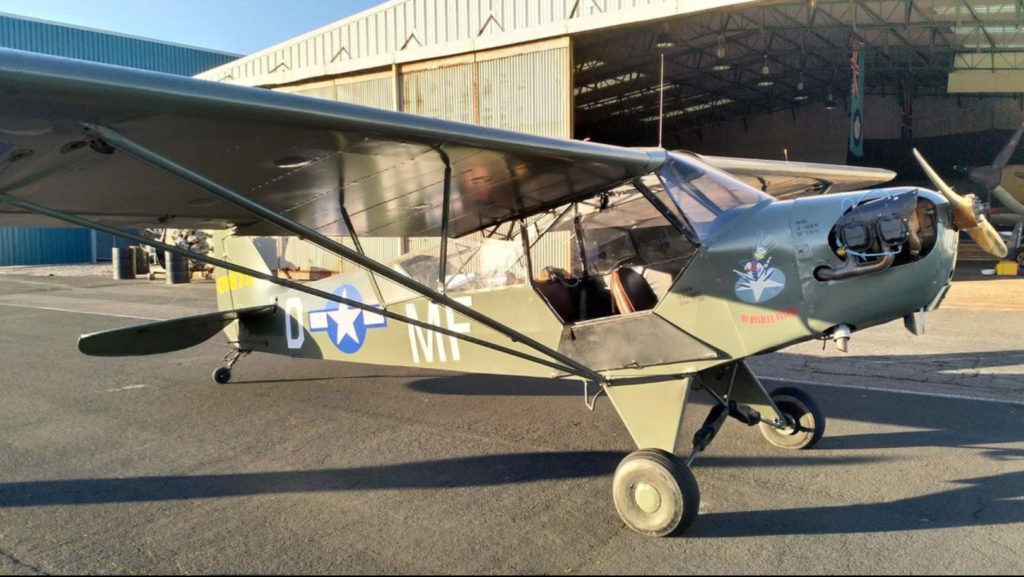
It’s old and slow, but very cool. No need to spend millions on a warbird like a P51 Mustang when for a fraction of the price you can have this real warbird. Great for floating around at low level looking at stuff. Which is what it was built for. Nowadays you can stick your camera out the (open) window for some great aerial photography, but in the old days the observer in the back could call in some well placed artillery fire.
A Cub does not fly very fast – about 70 MPH or so, which translates as 60 knots. At 120 knots in the Sting it took us 15 hours flying over 3 days to get to Sweden, so in a Cub it would take 30 hours and almost a week. Definitely not an ideal commuting method for a short break, more of a spring migration type flight.
There is a group of L4 Cub owners at Kjeller airfield in Oslo. Last year they flew a formation of 3 Cubs all the way to Normandy for the 75th anniversary of D-Day. It took them 3 days of pushing hard, quick fuel stops and long flying days to get there, but they proved it can be done. They made a few videos of the trip…if you are interested, the first one is here:
If the purpose is to get to Sweden in a hurry, then 140kts in the RV6 beats 60kts in a Cub. If the mission is just to float along on a summer evening enjoying the view, the Cub is perfect. Truth is the RV does both and as everybody in the aviation press says, the RV is the best all rounder. I think we’ll keep it. Also, while it would be nice to own a WW2 aircraft, having three would be just greedy…but I cannot promise to not go and inspect the Cub when lockdown eases!
It’s all academic at the moment anyway as we can’t fly to Sweden because of viruses and border restrictions and quarantines and rules. Pesky rules.
Some rules are good though…remember to stay one caribou apart! Then we can get over this virus and get flying again…
